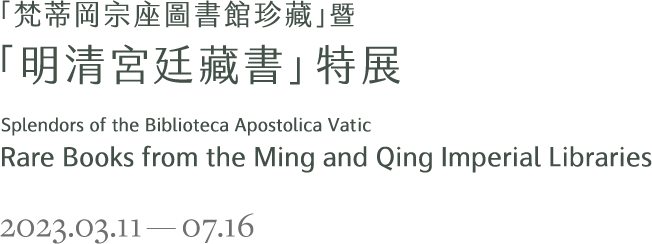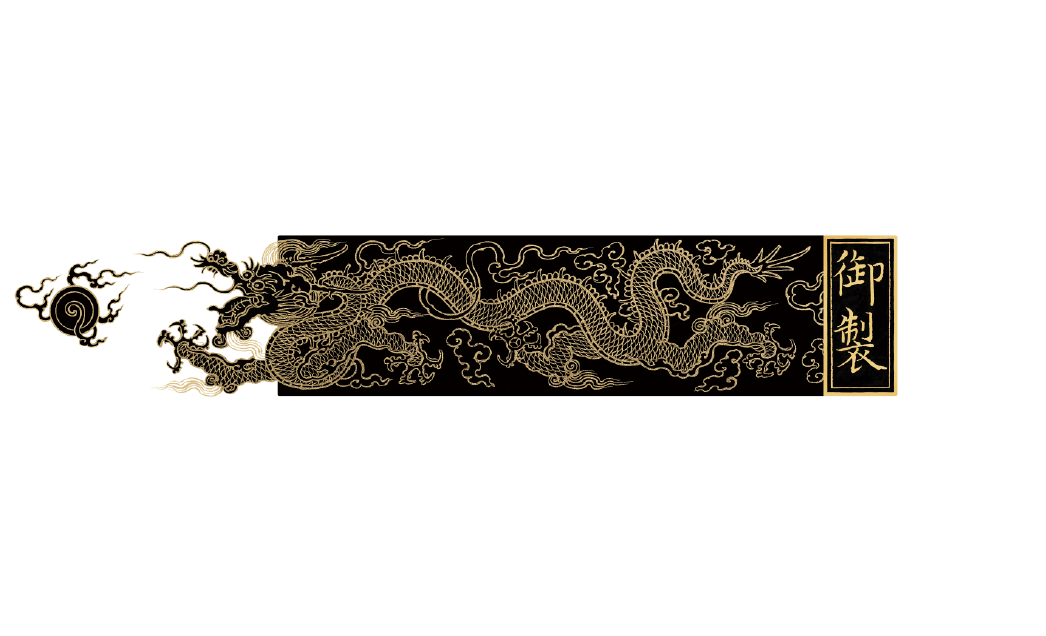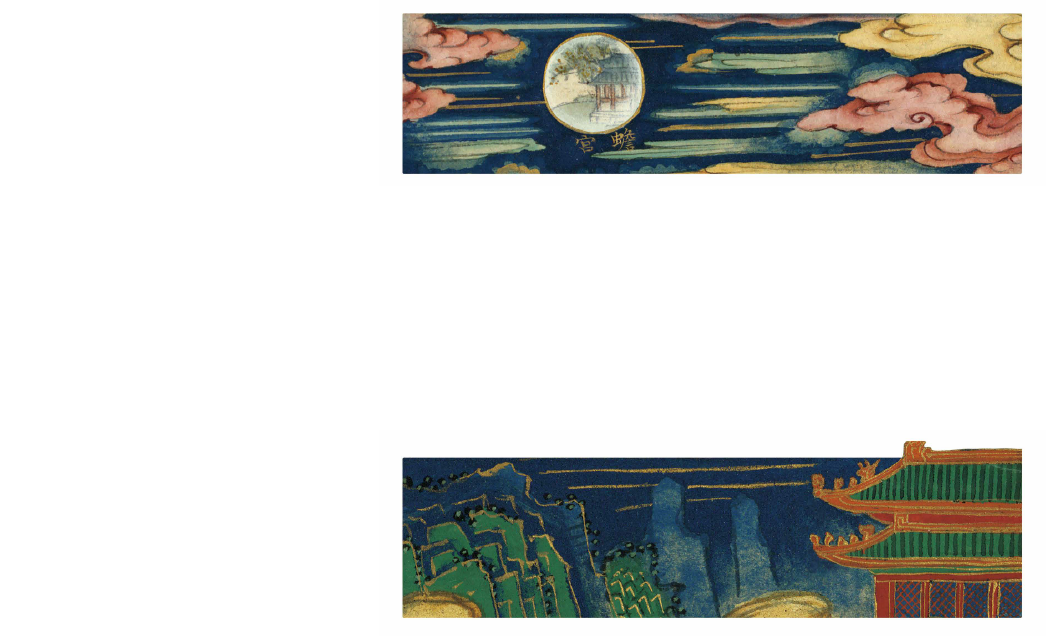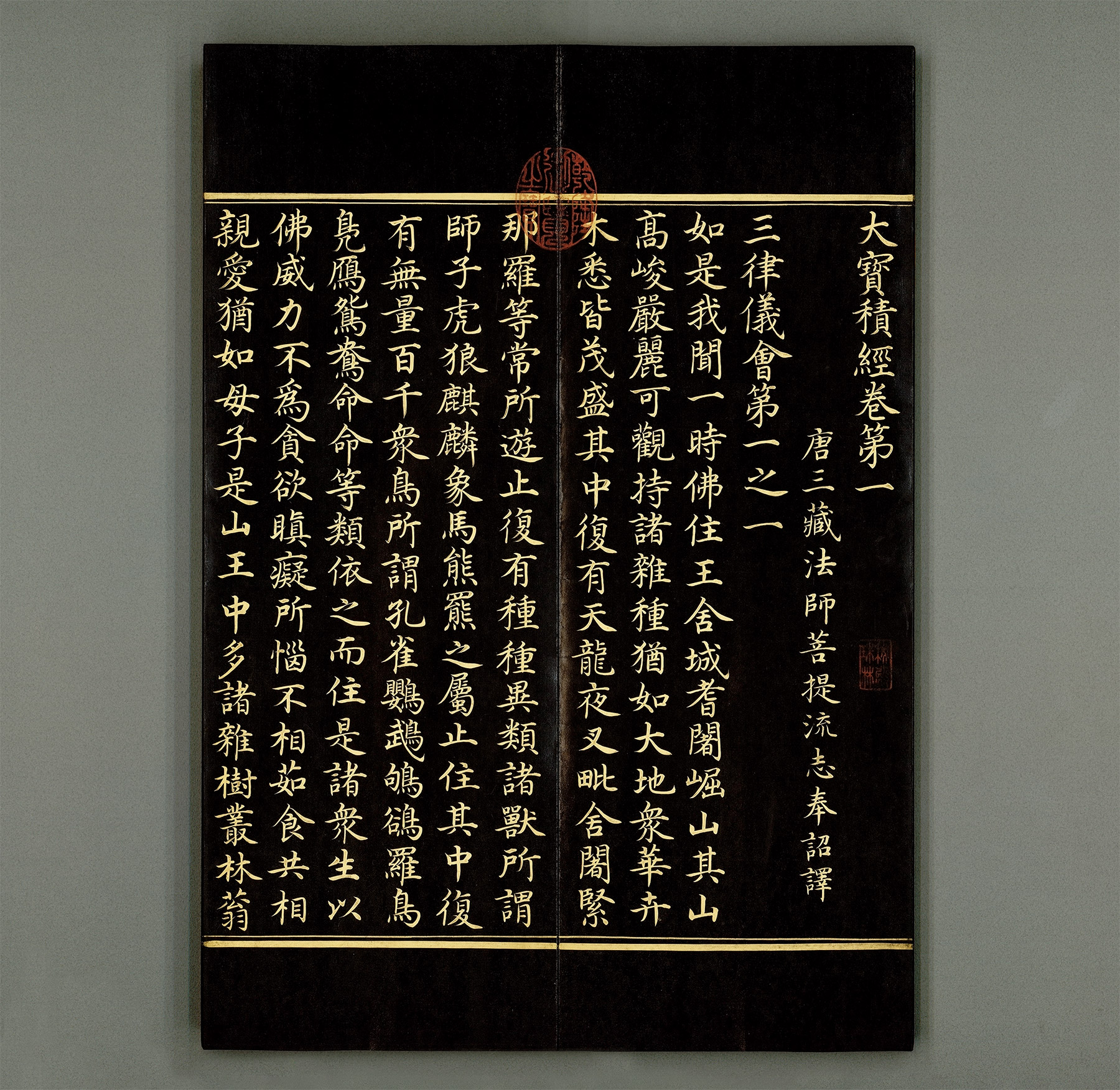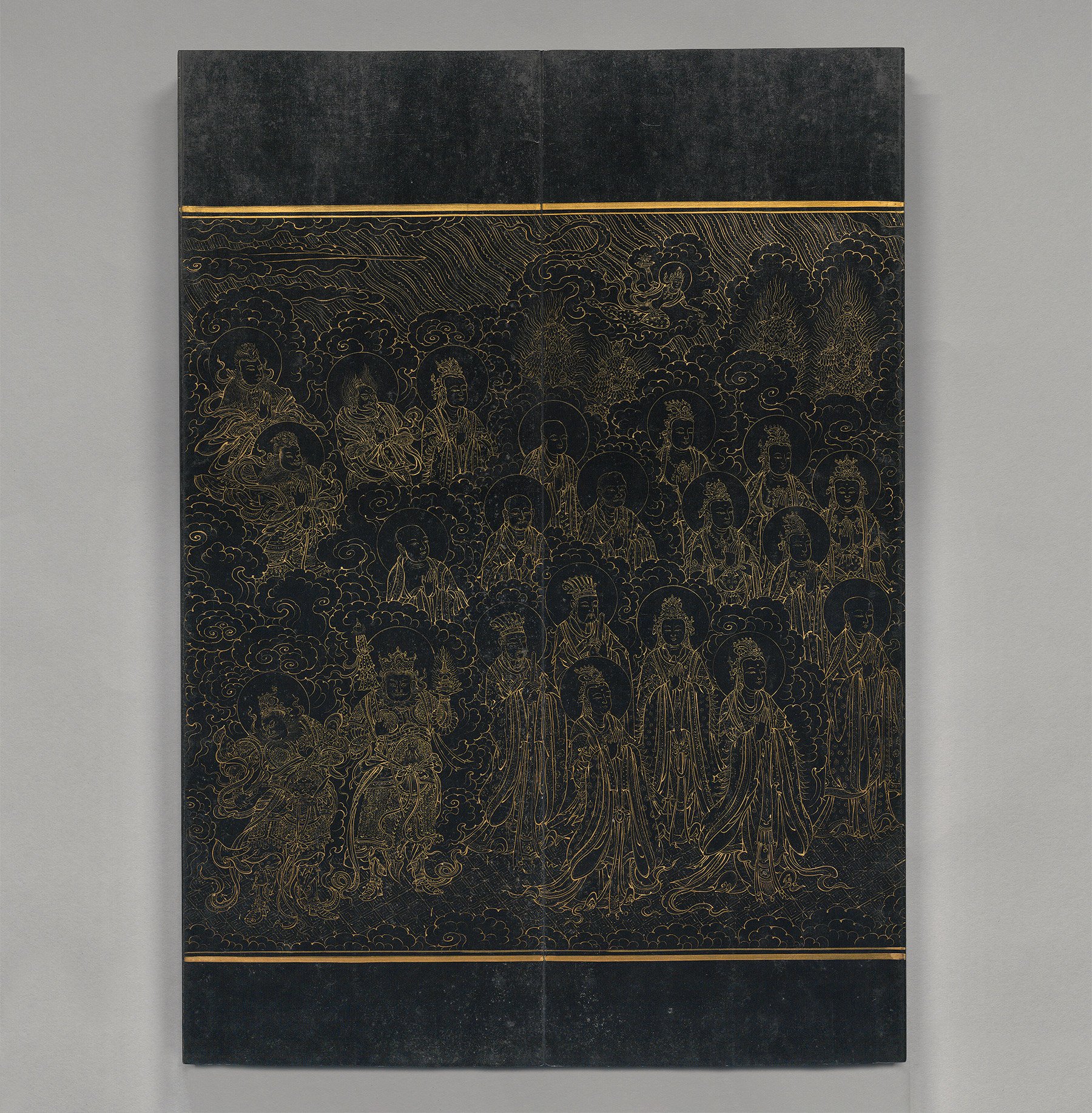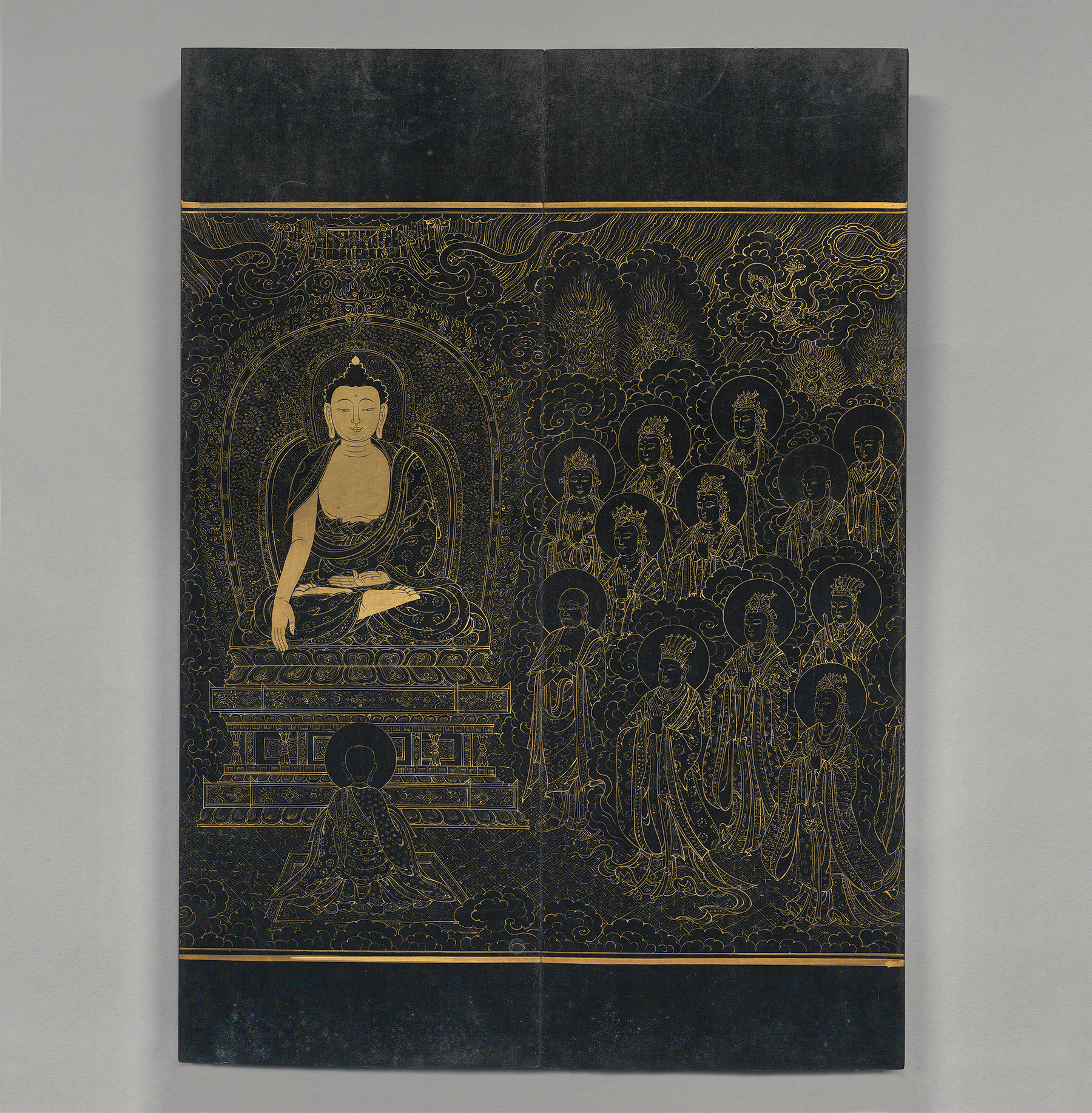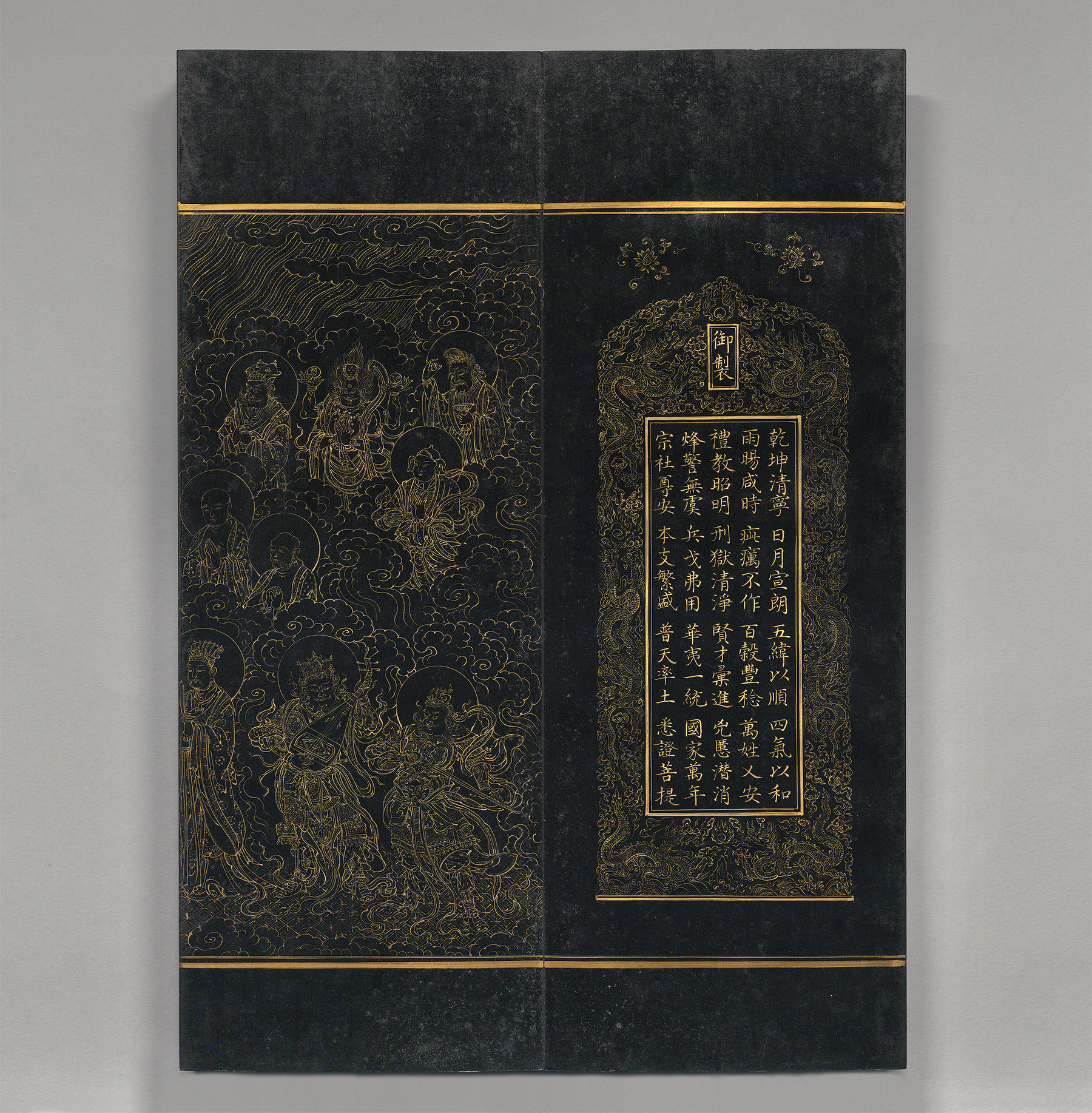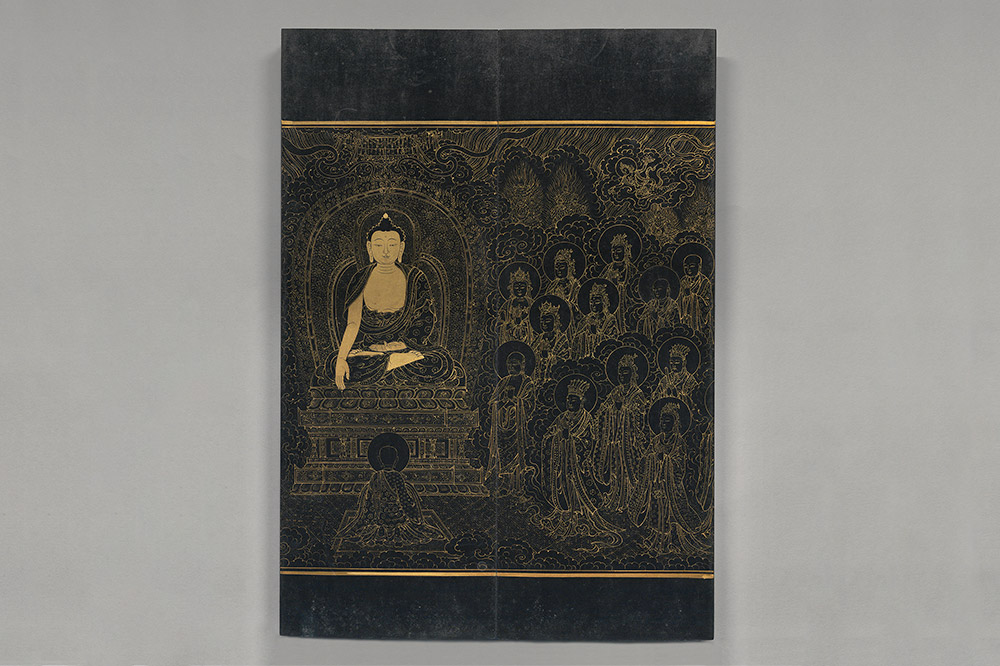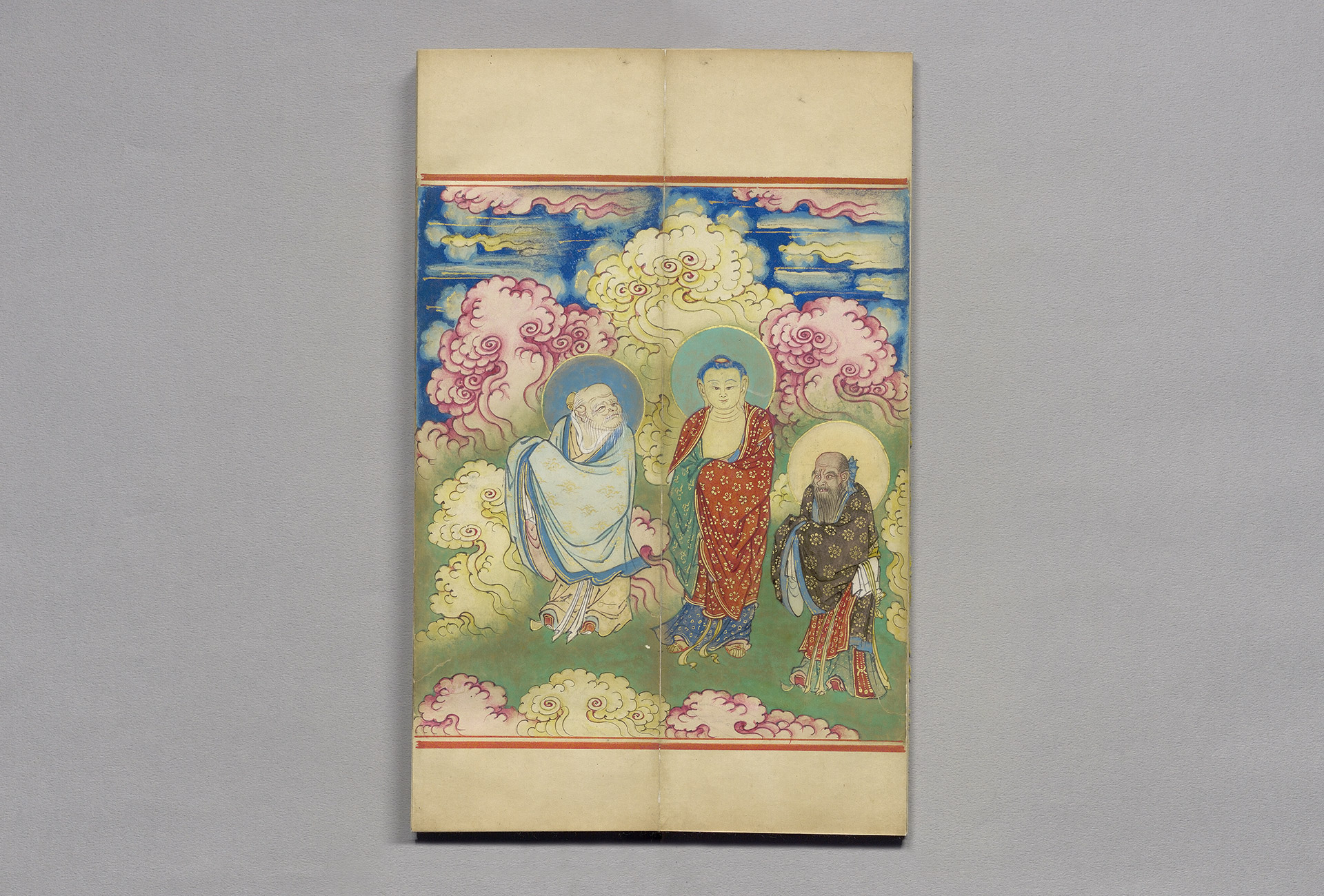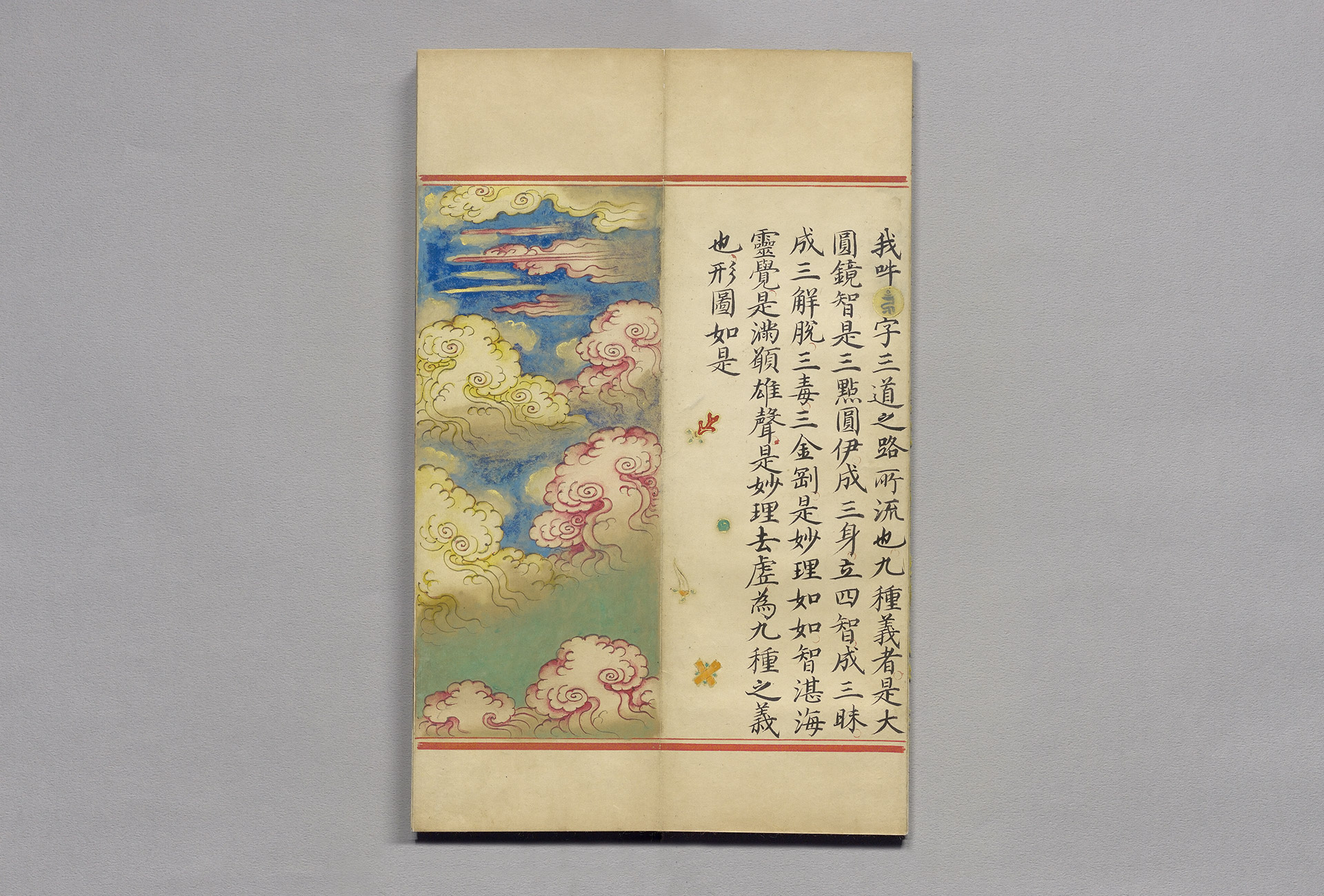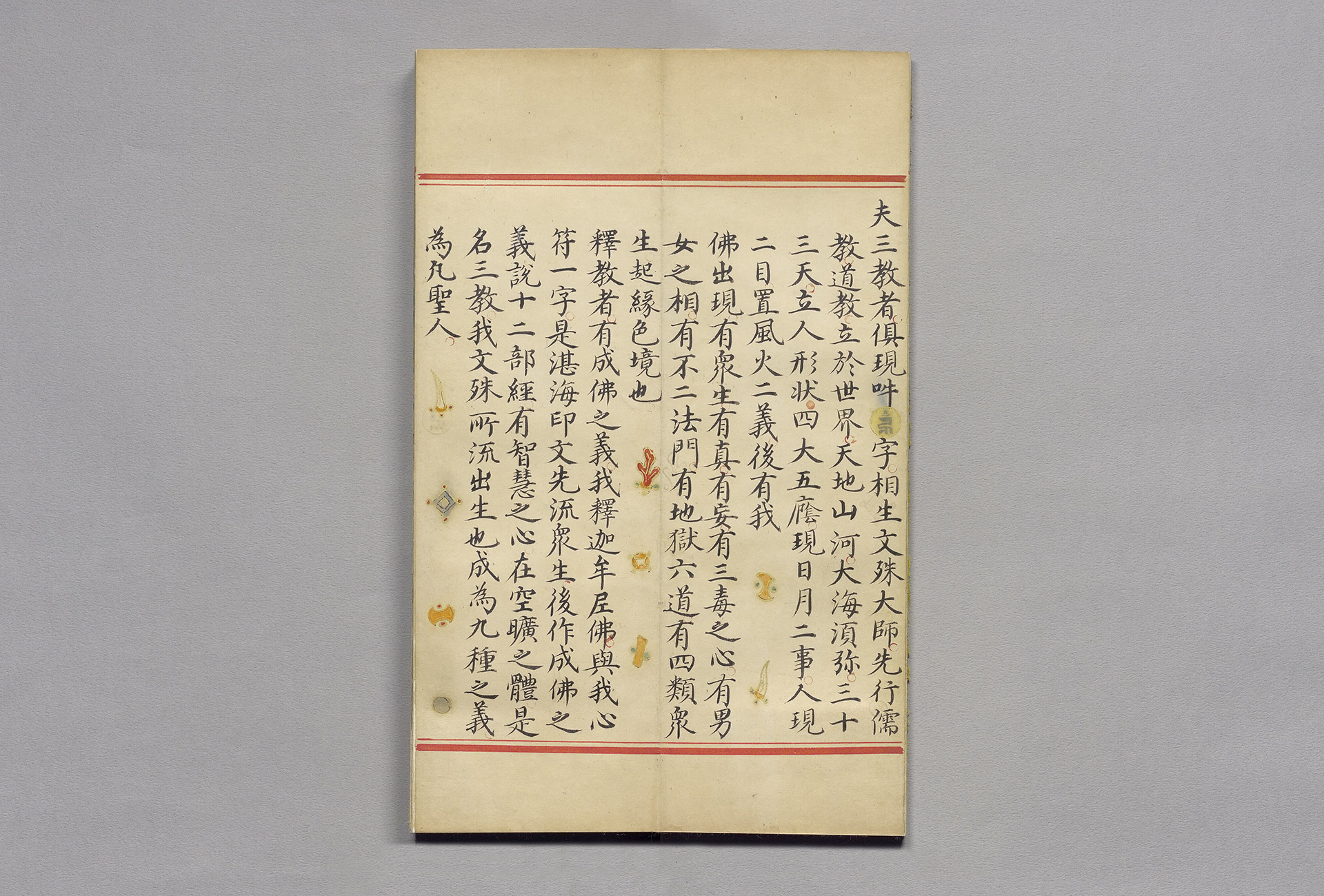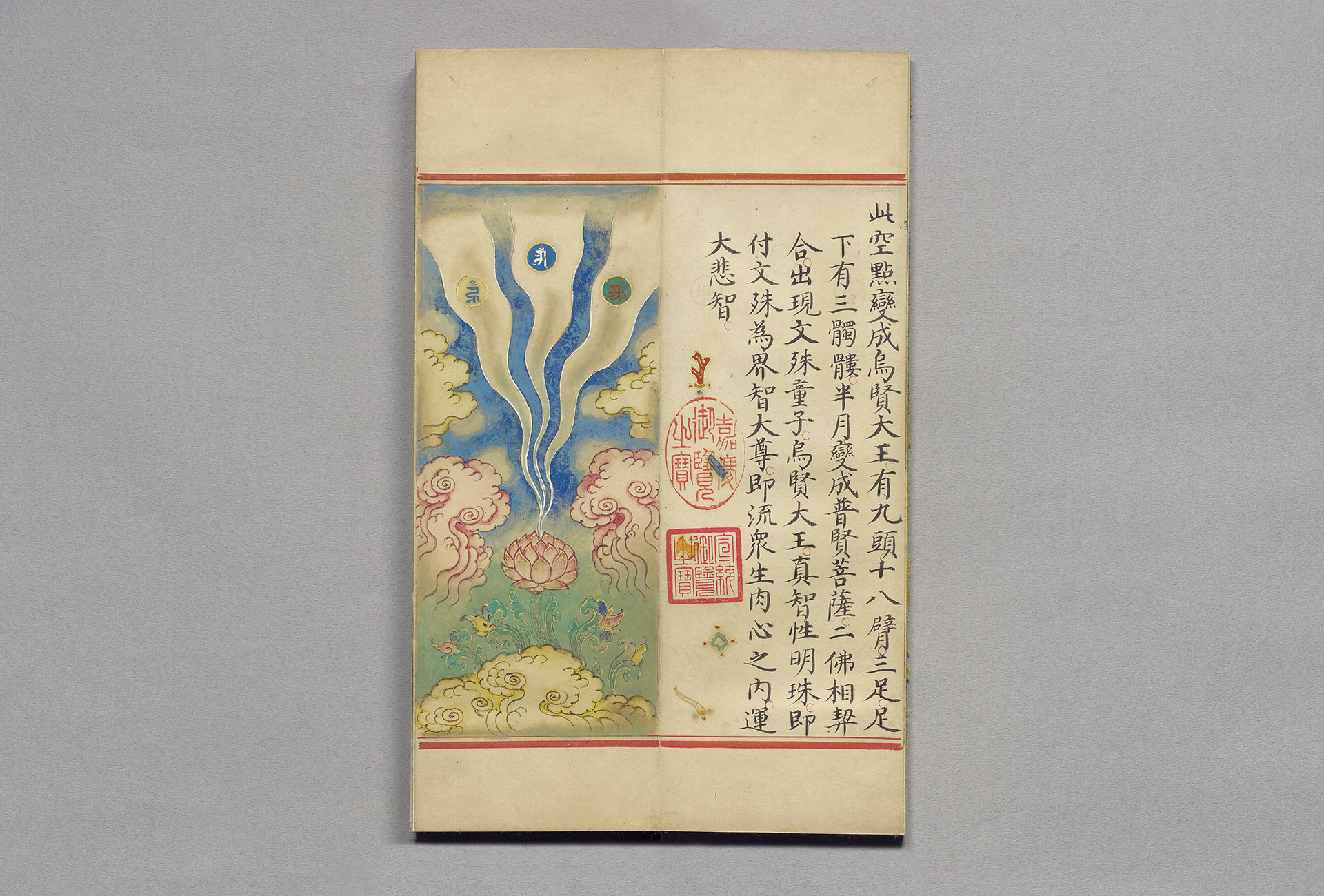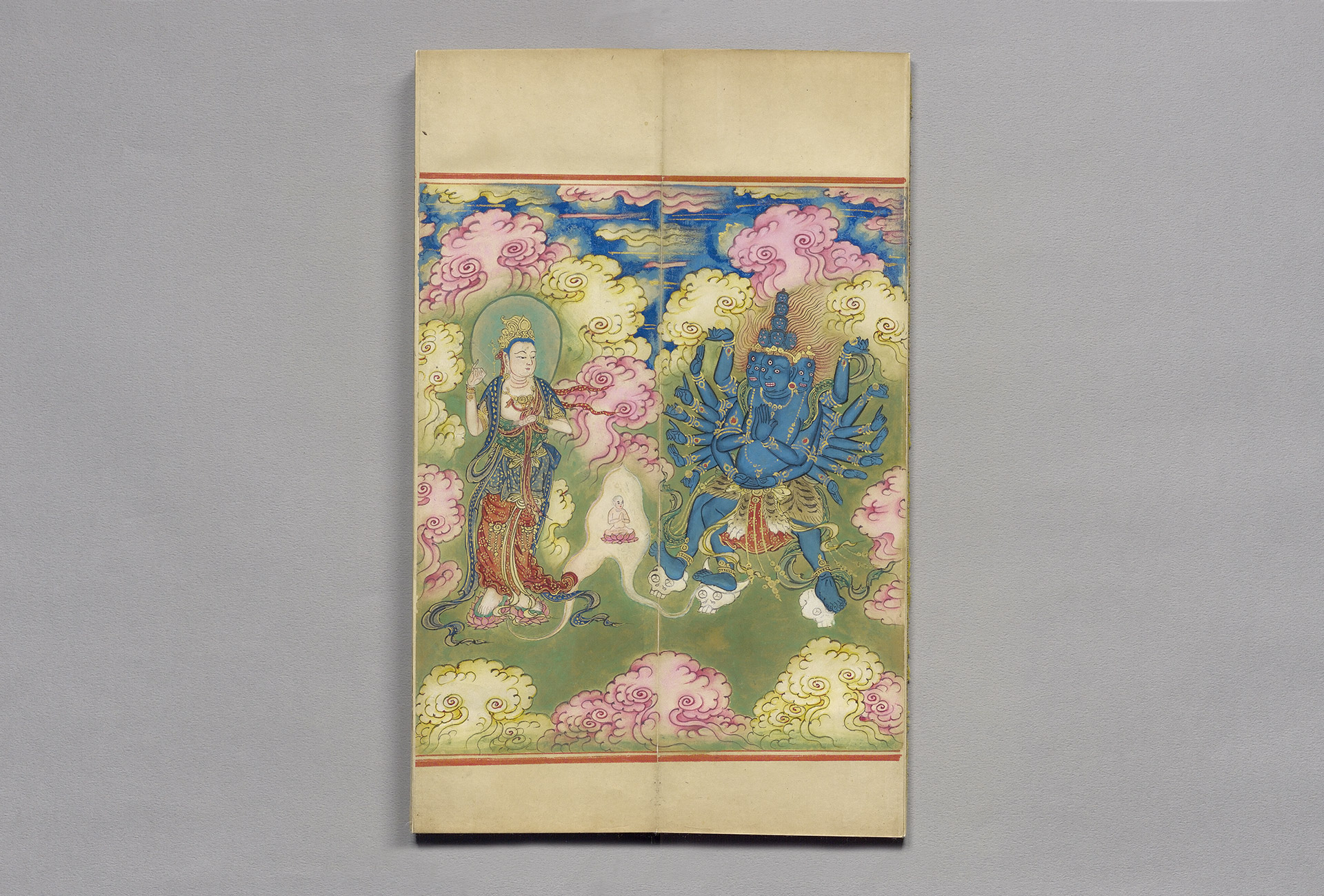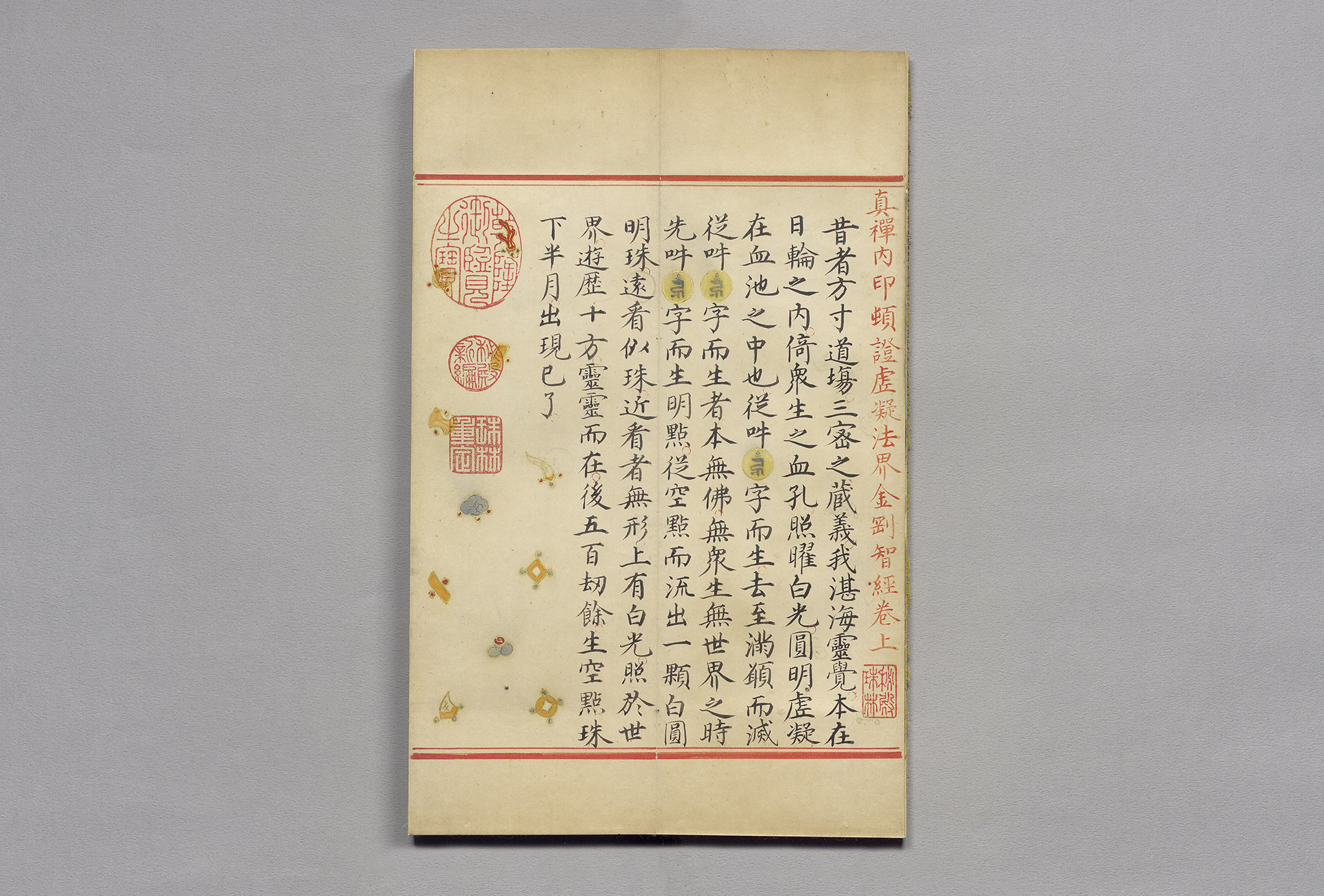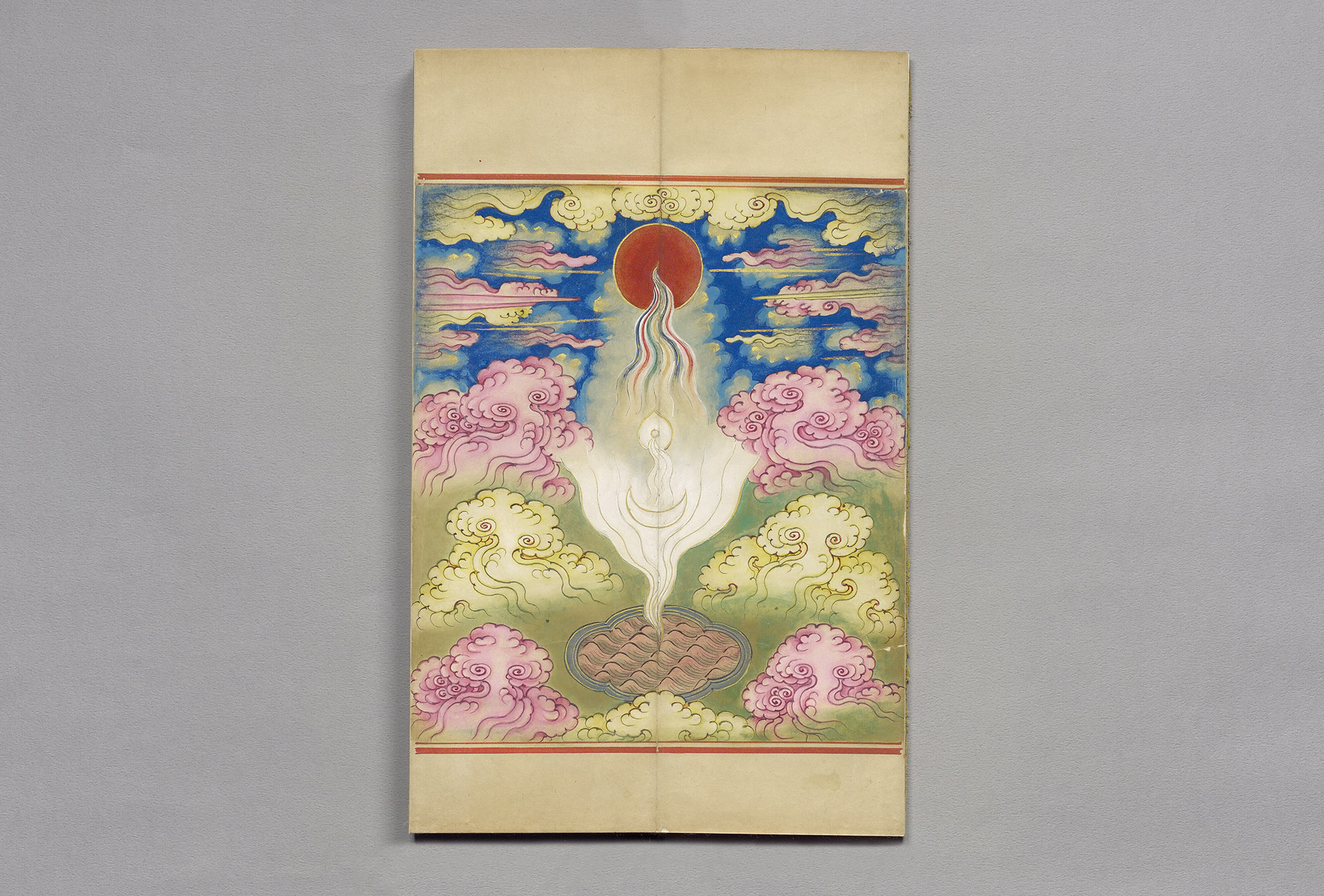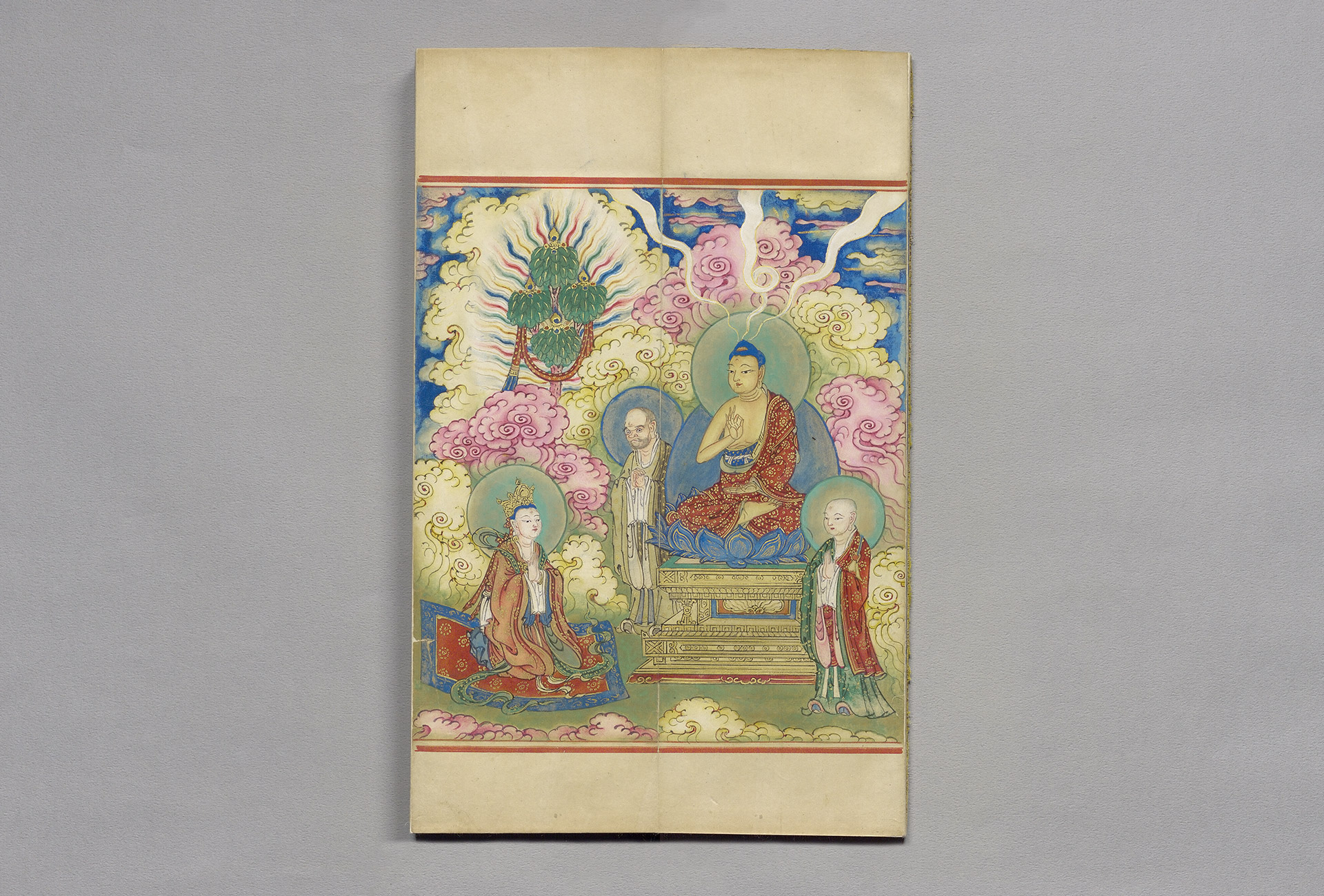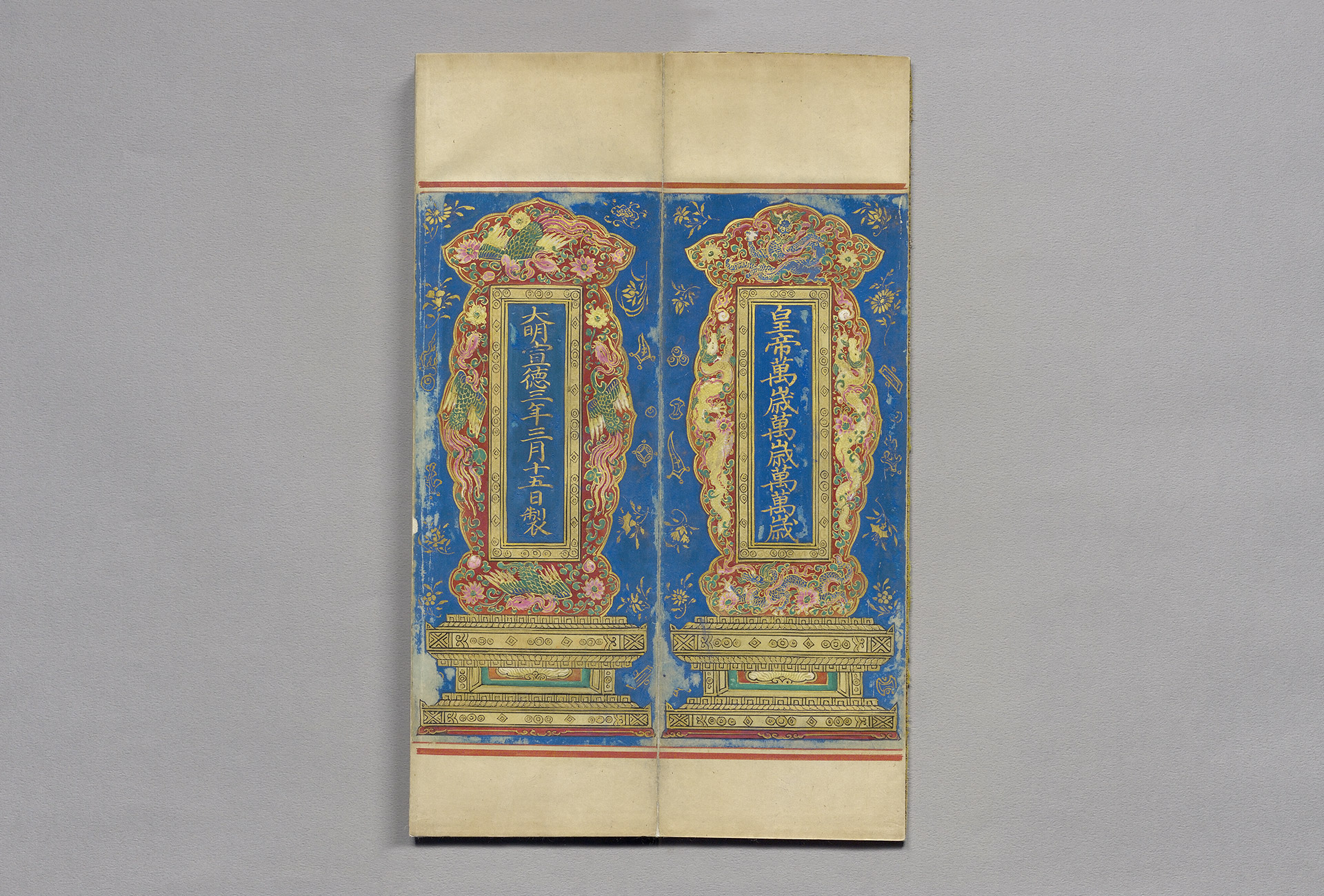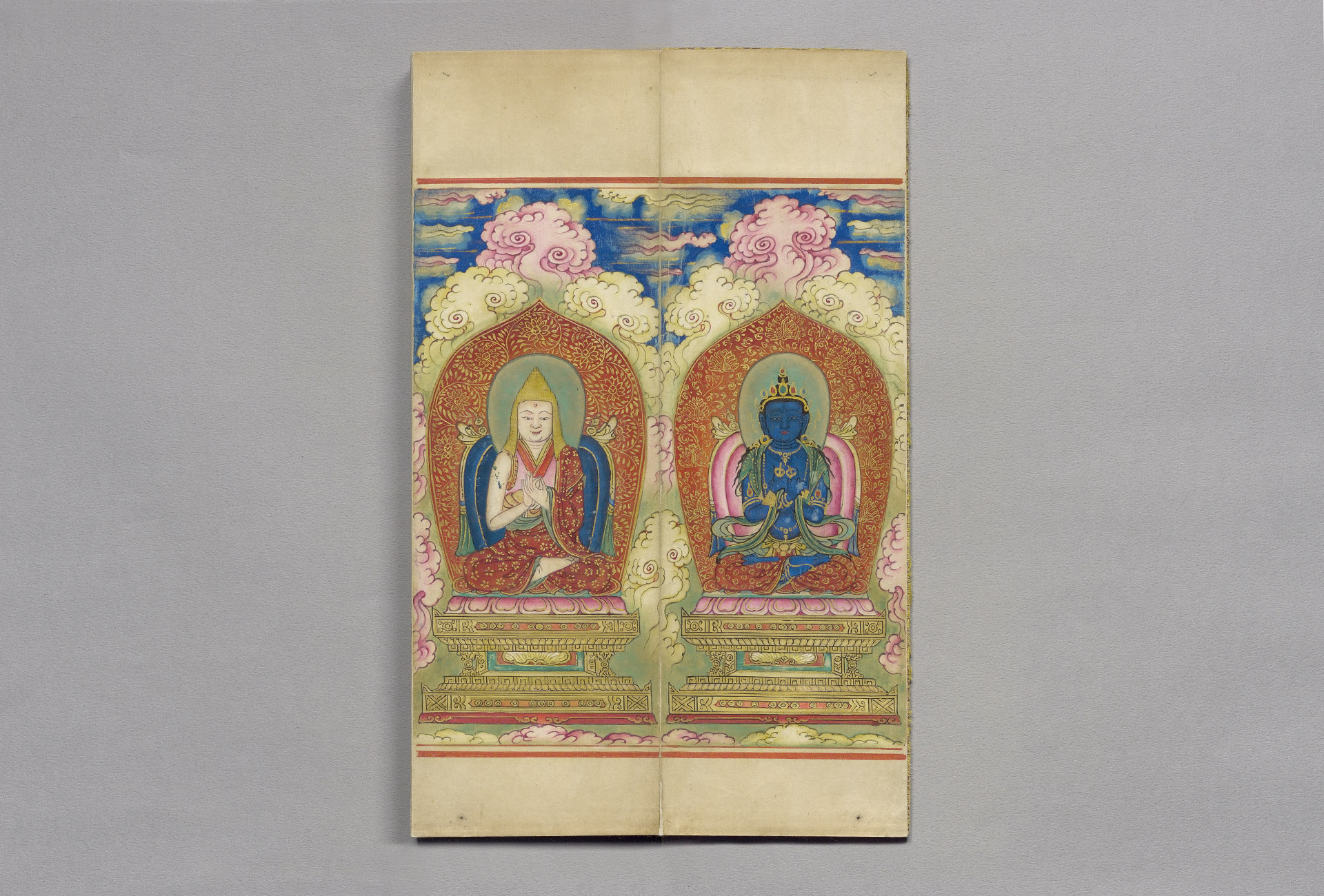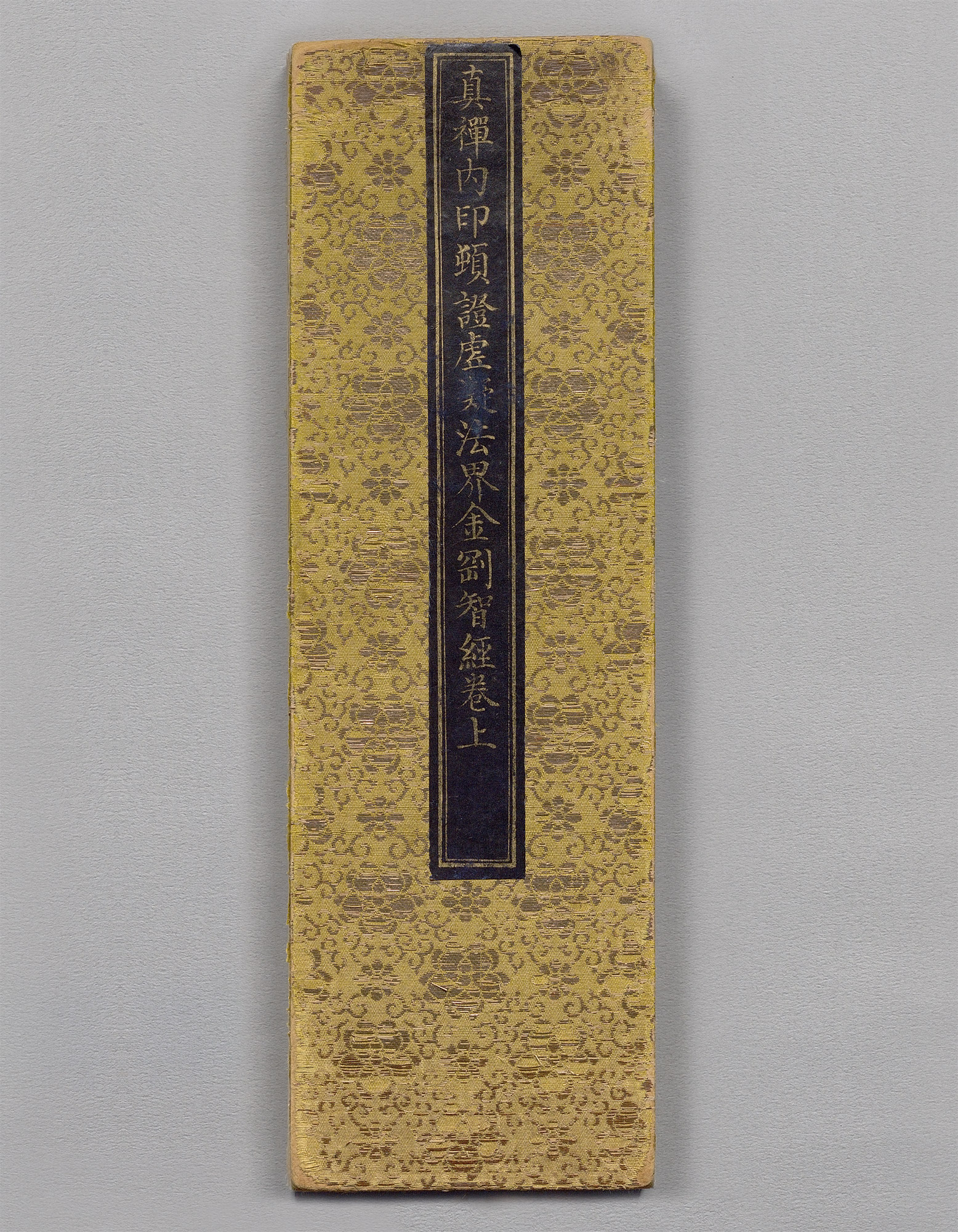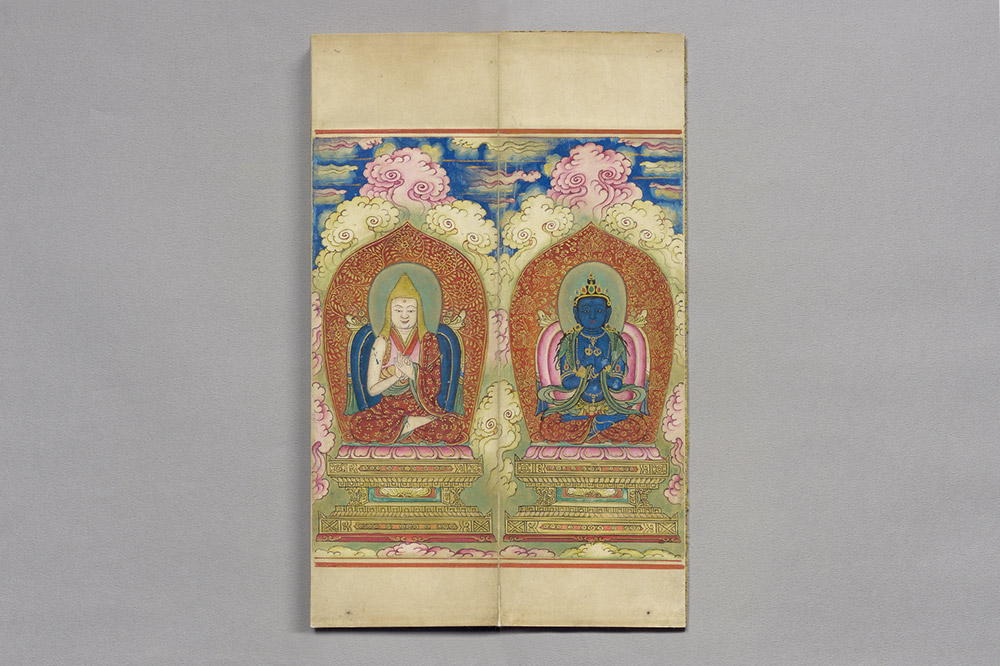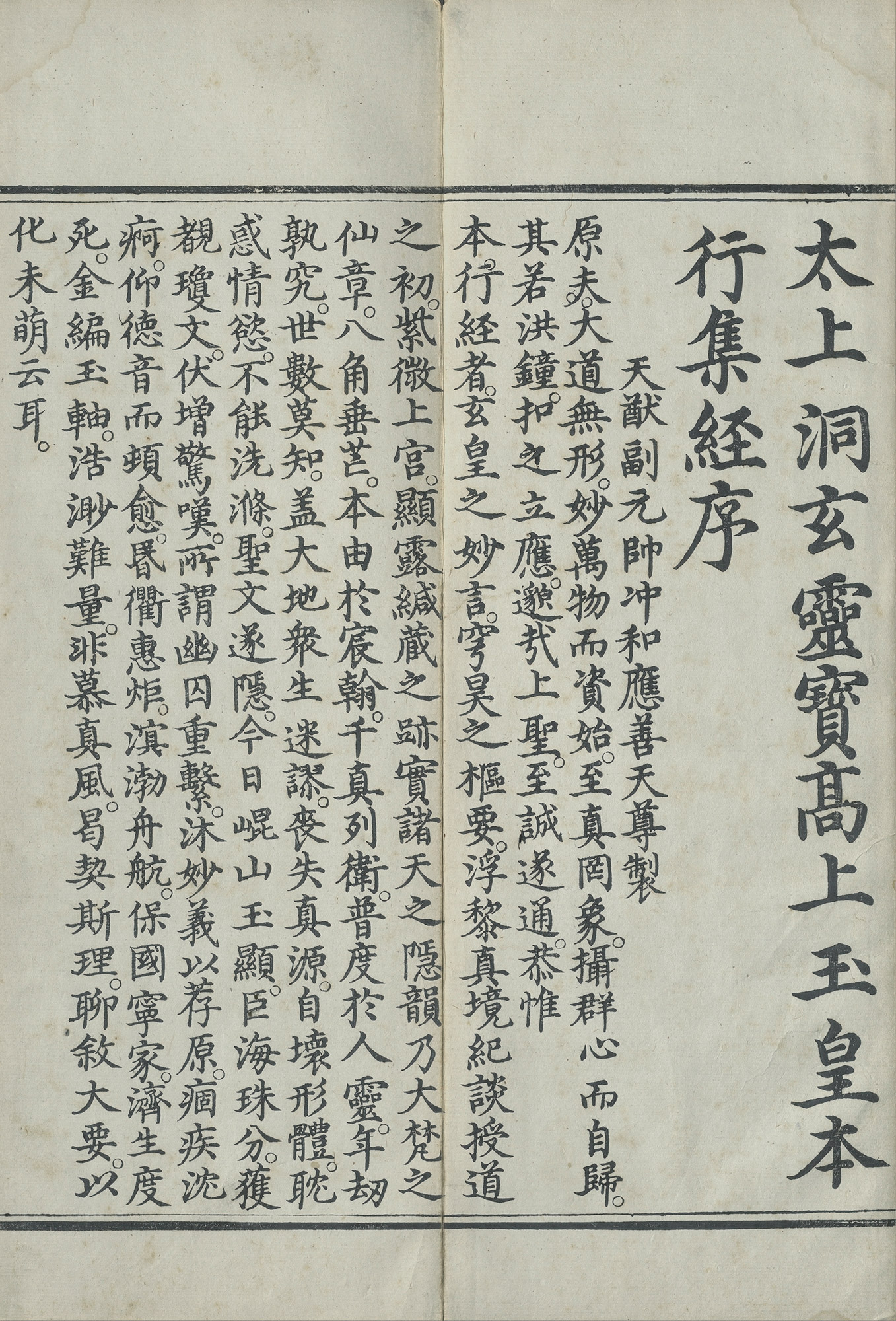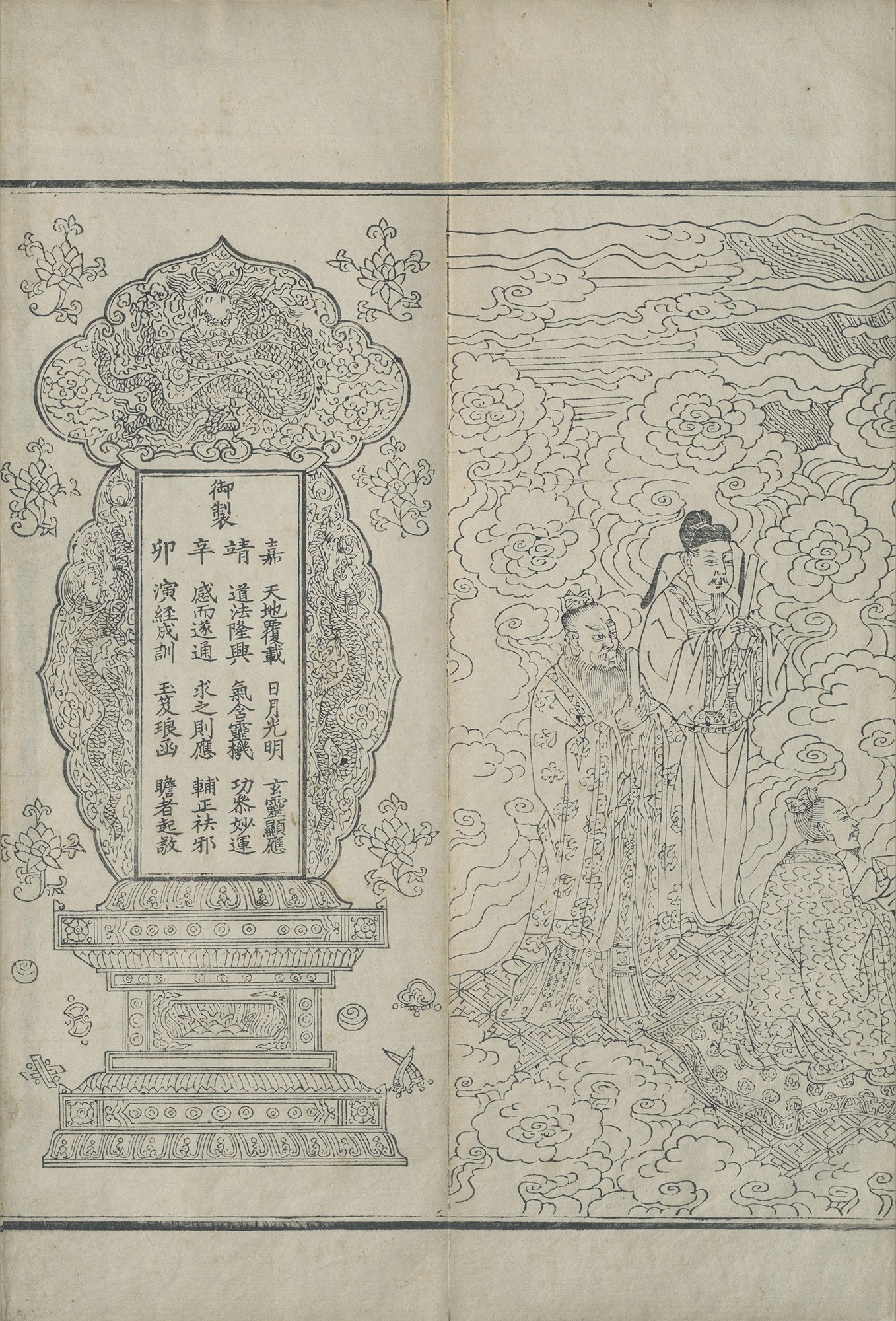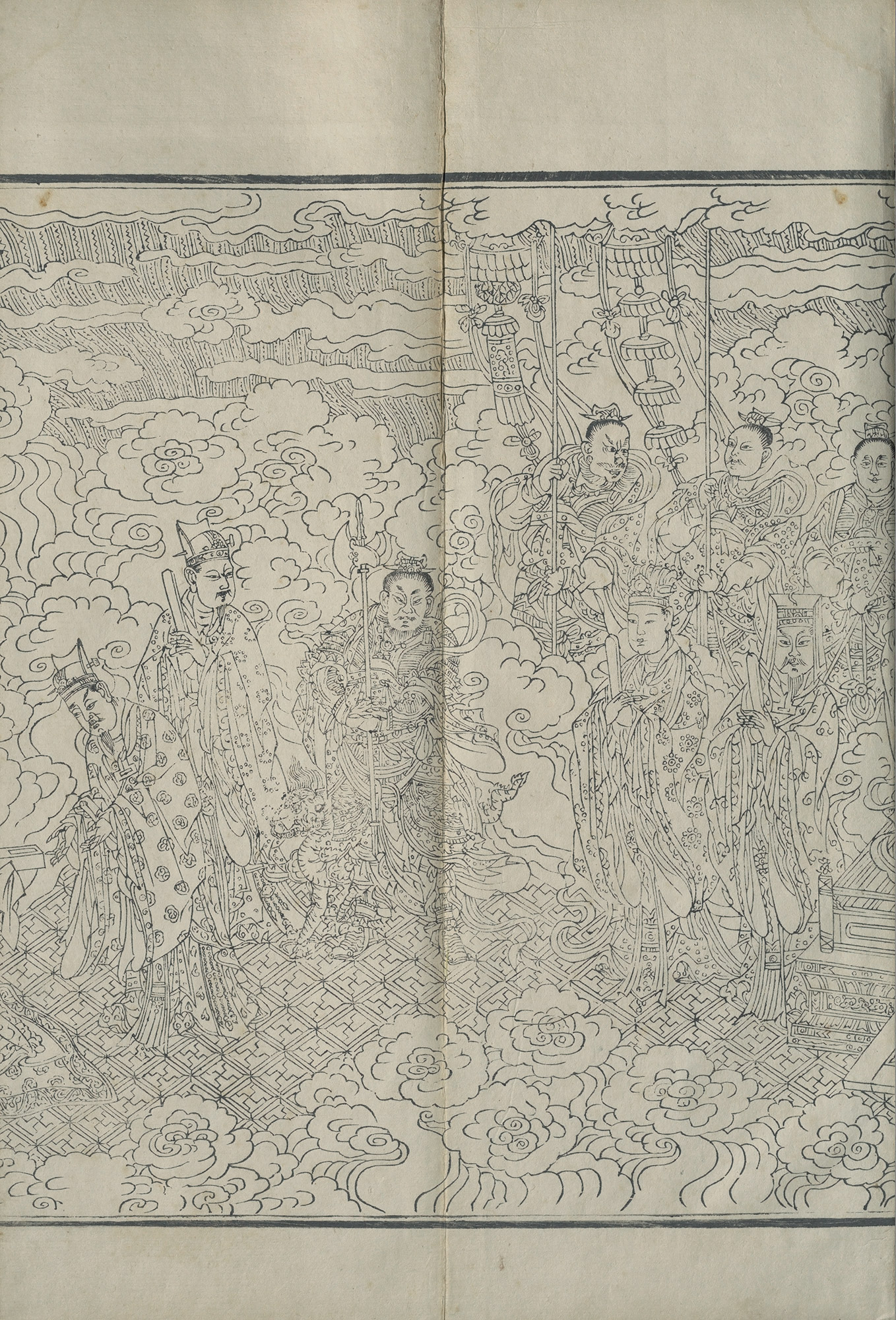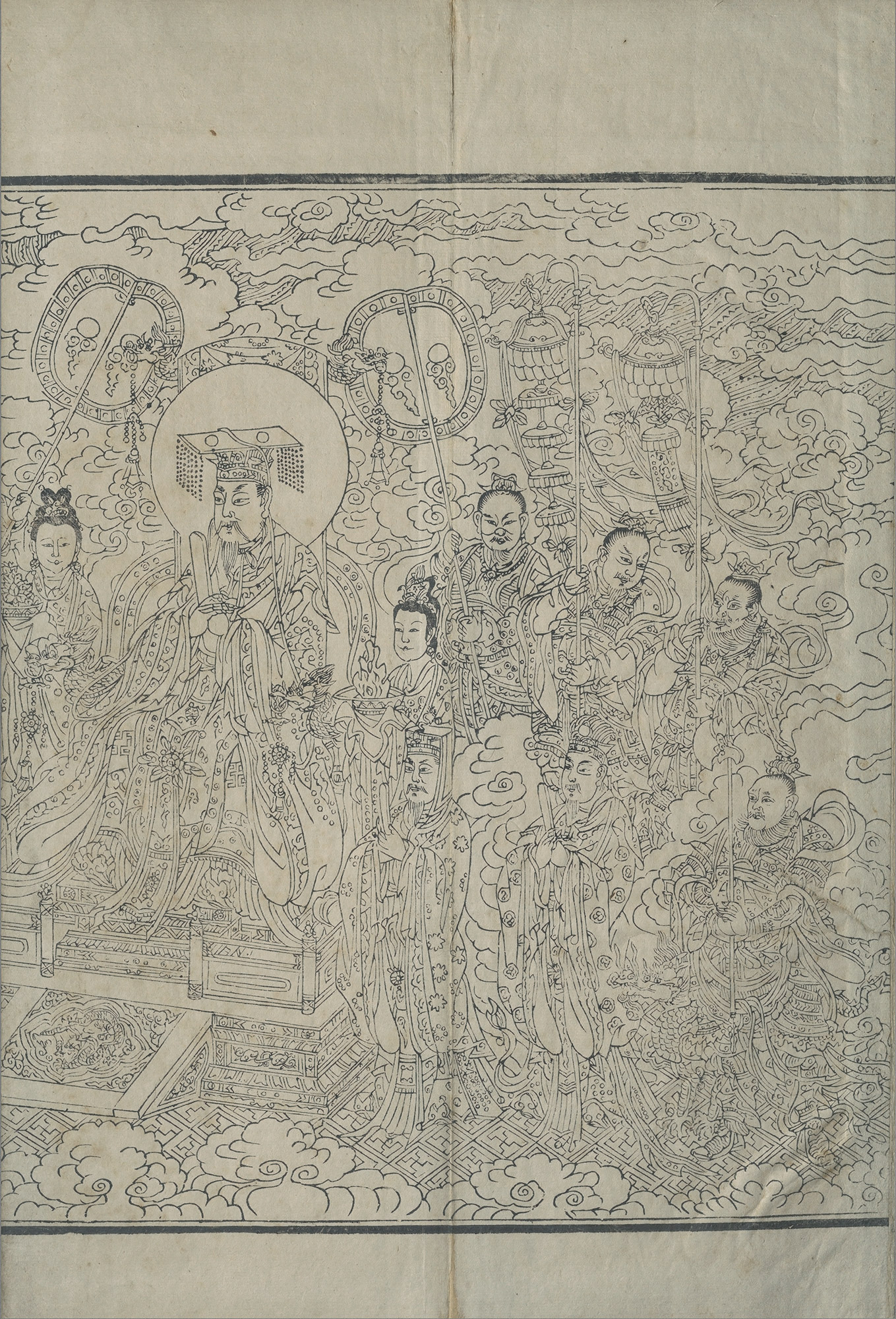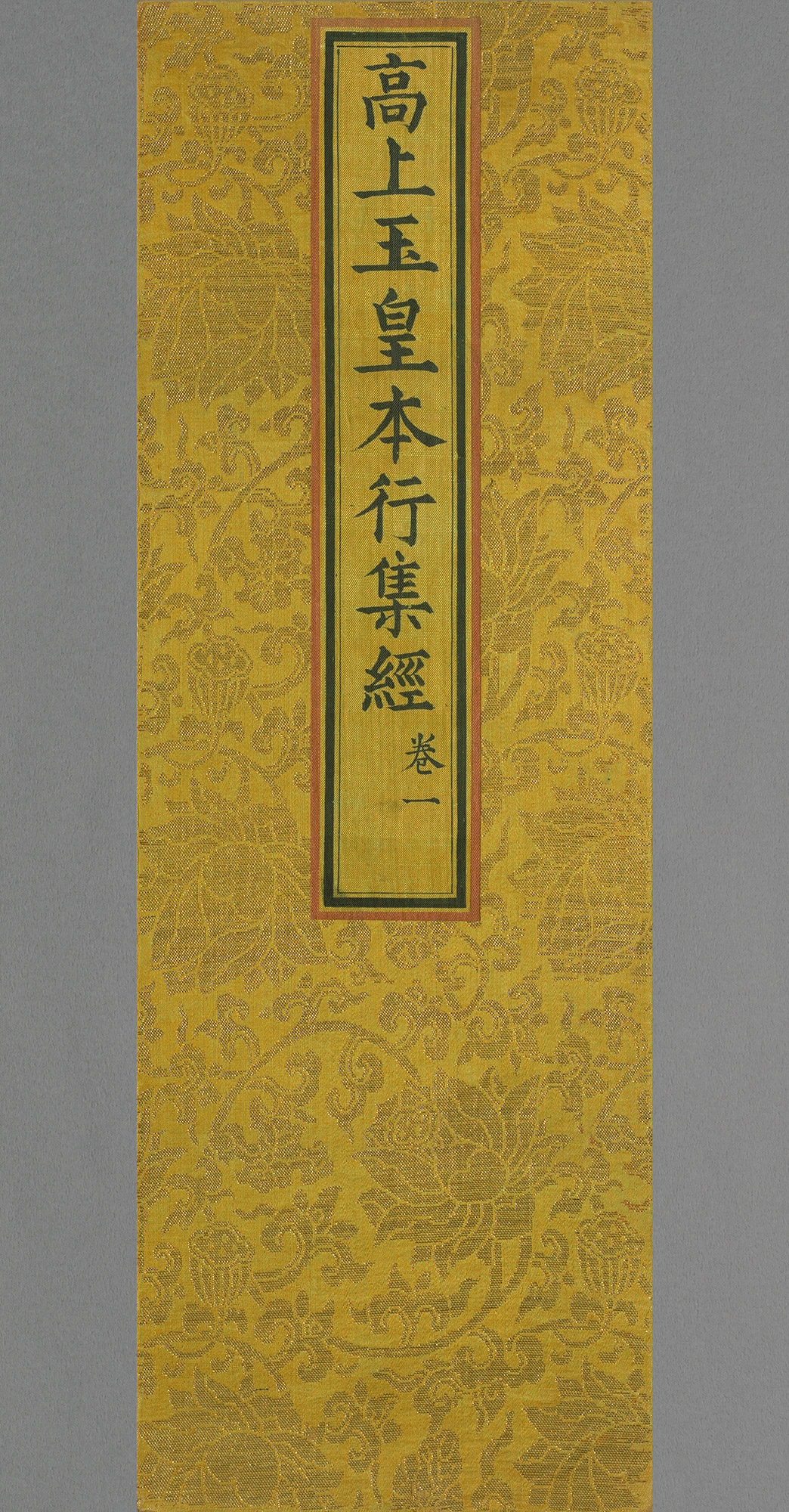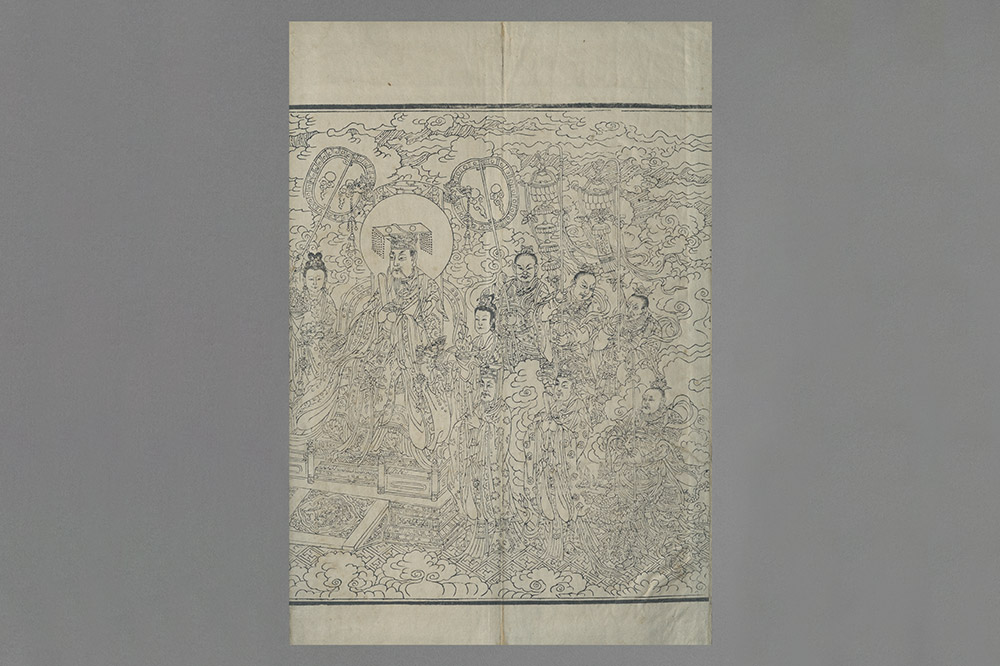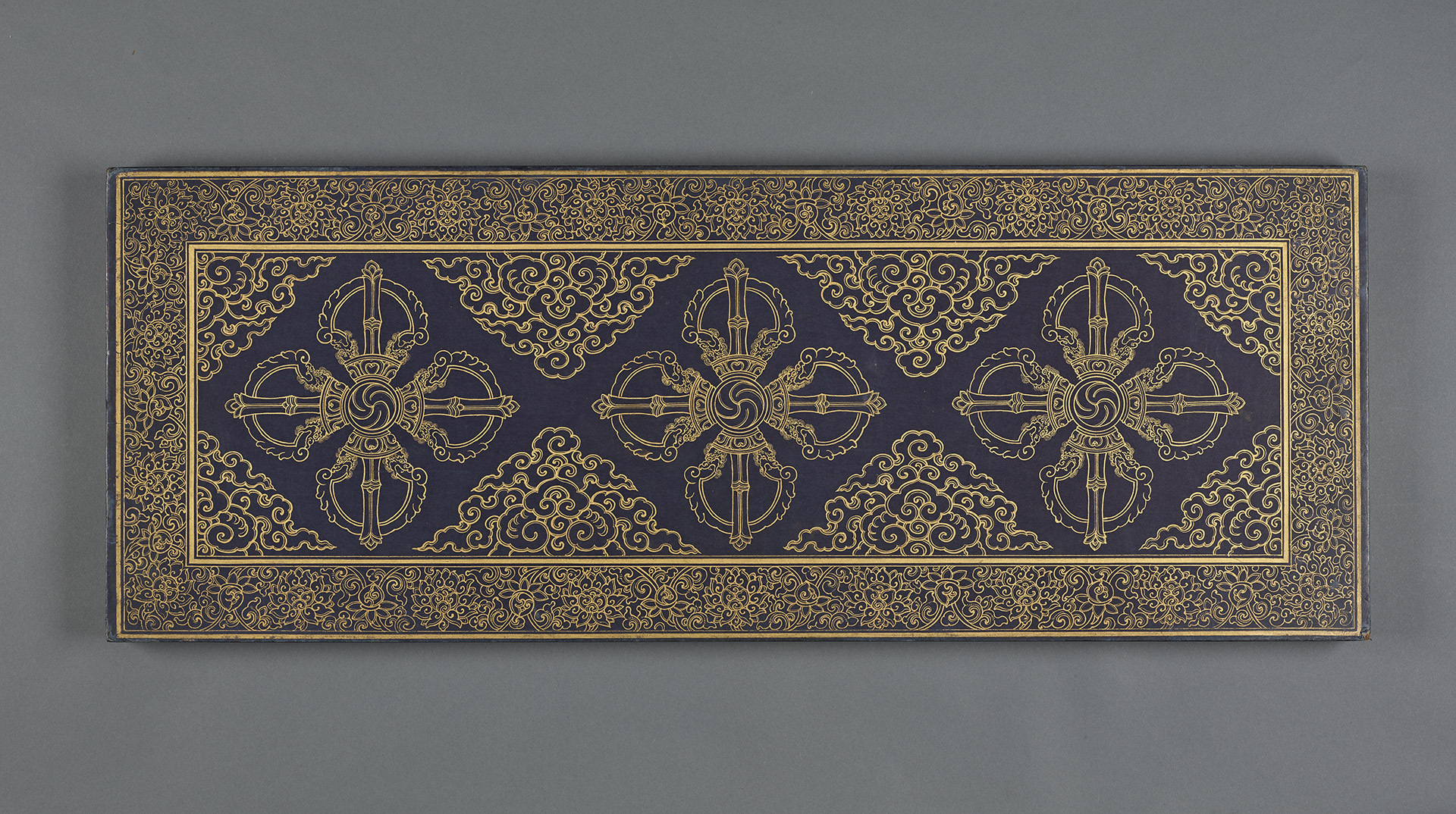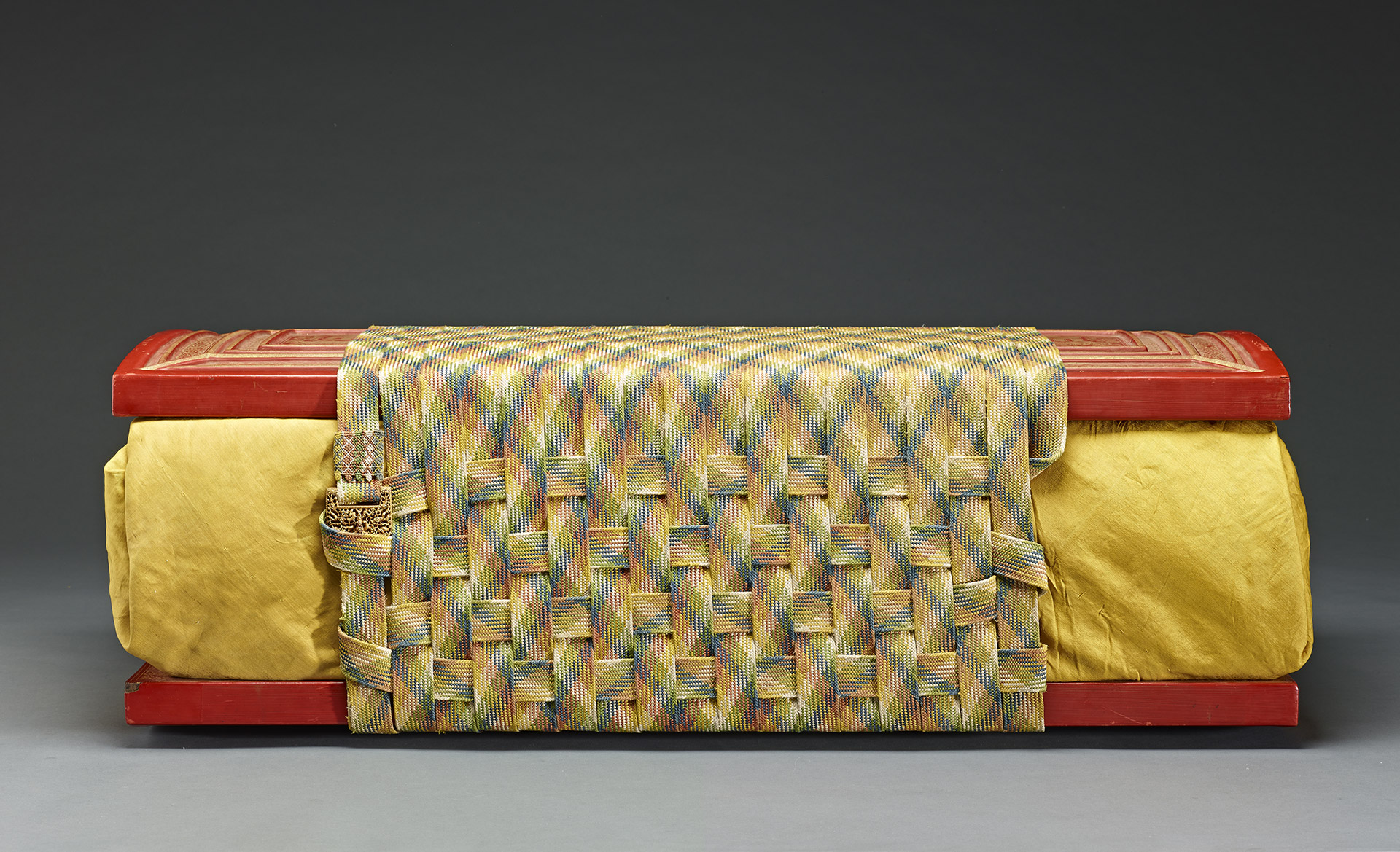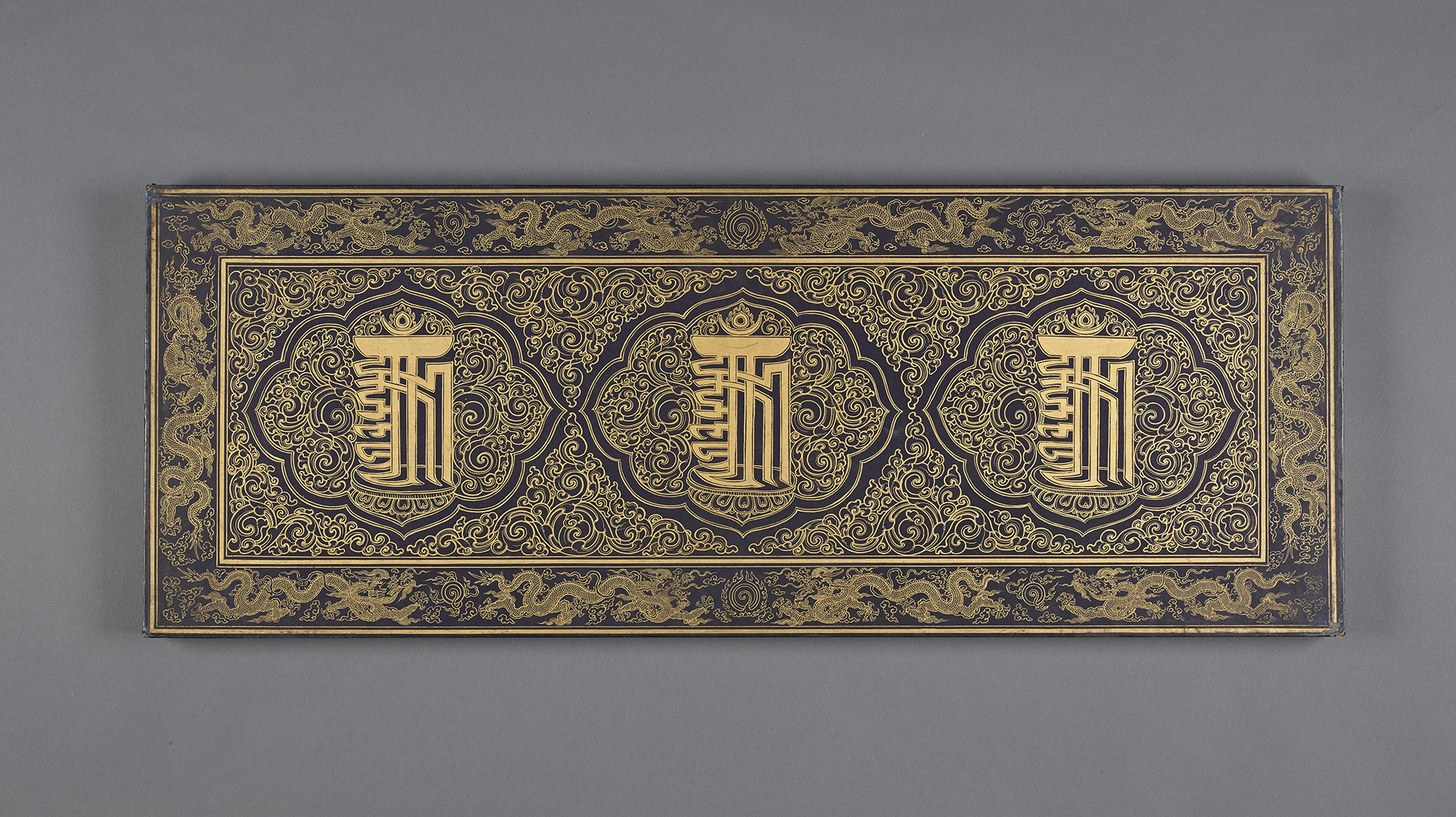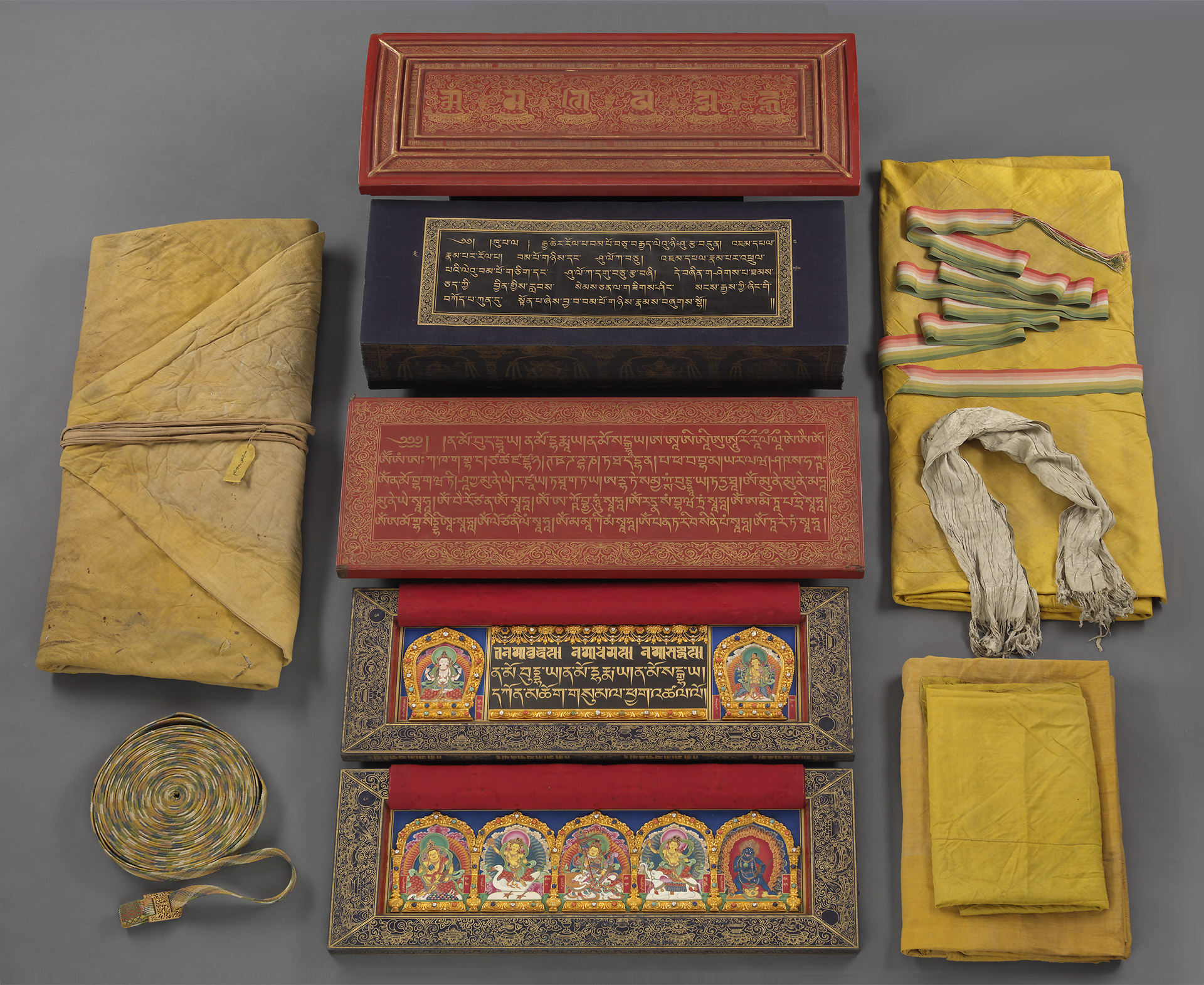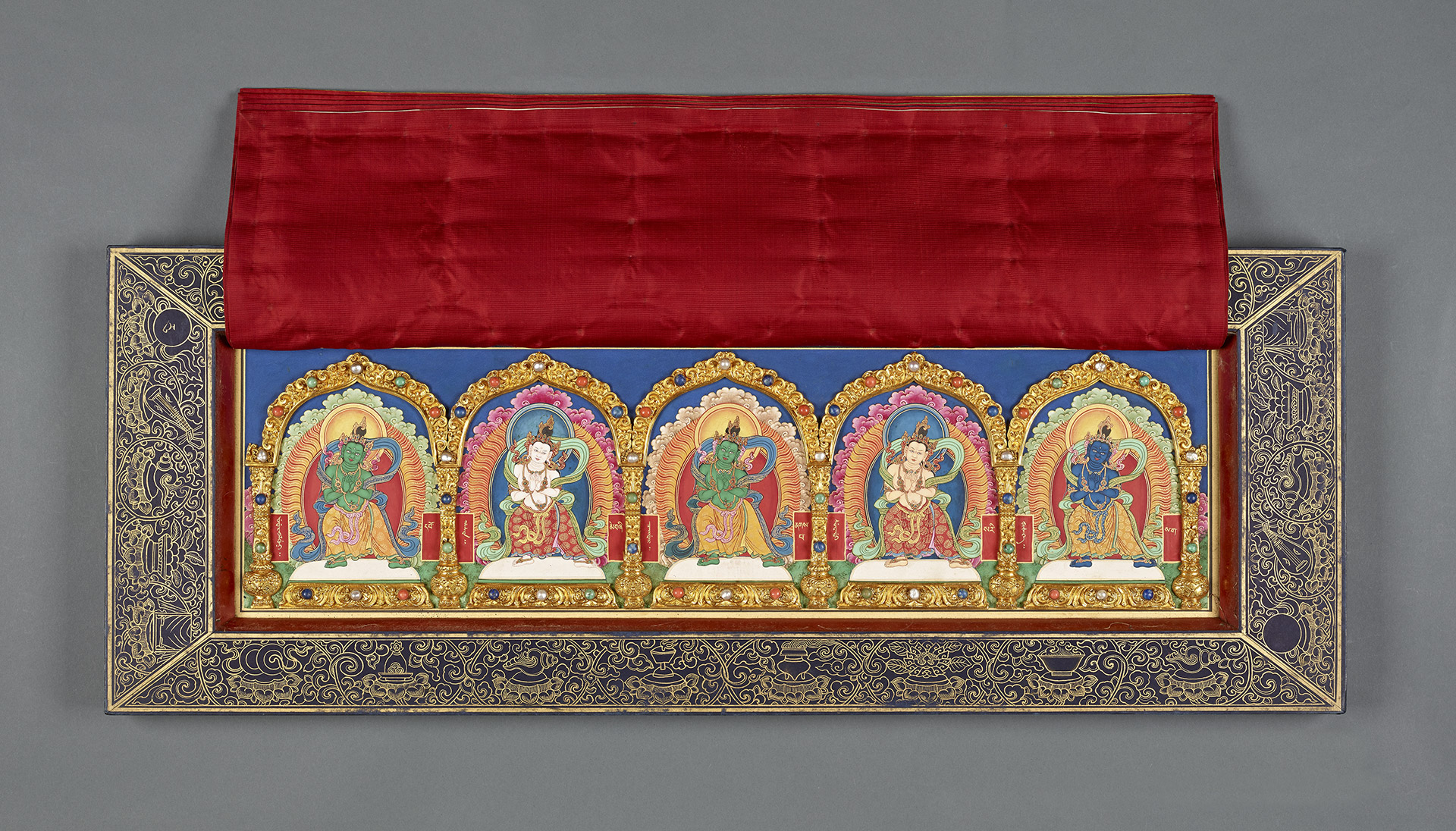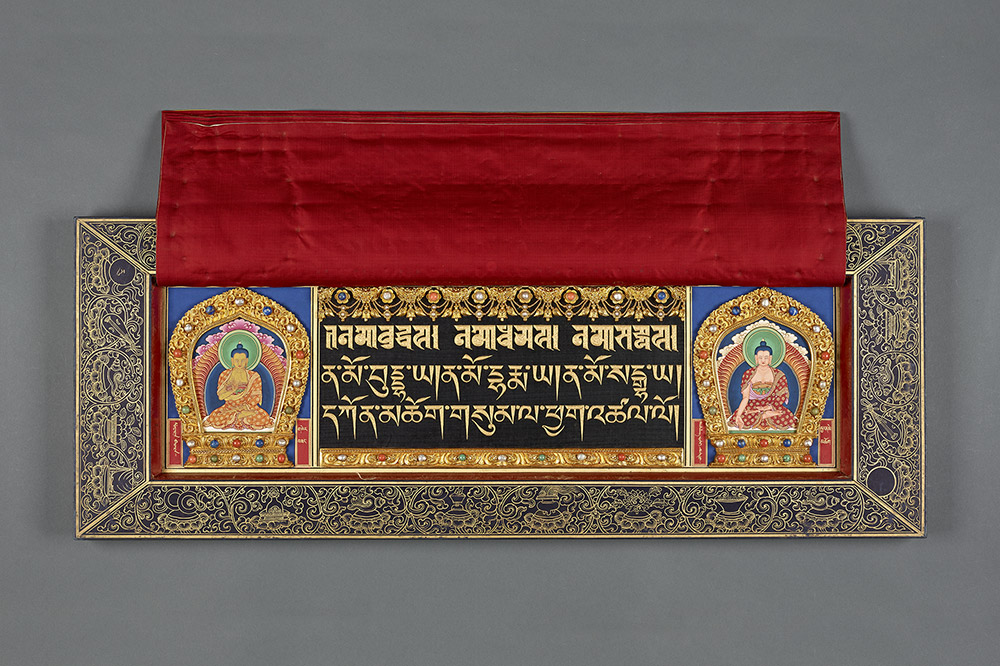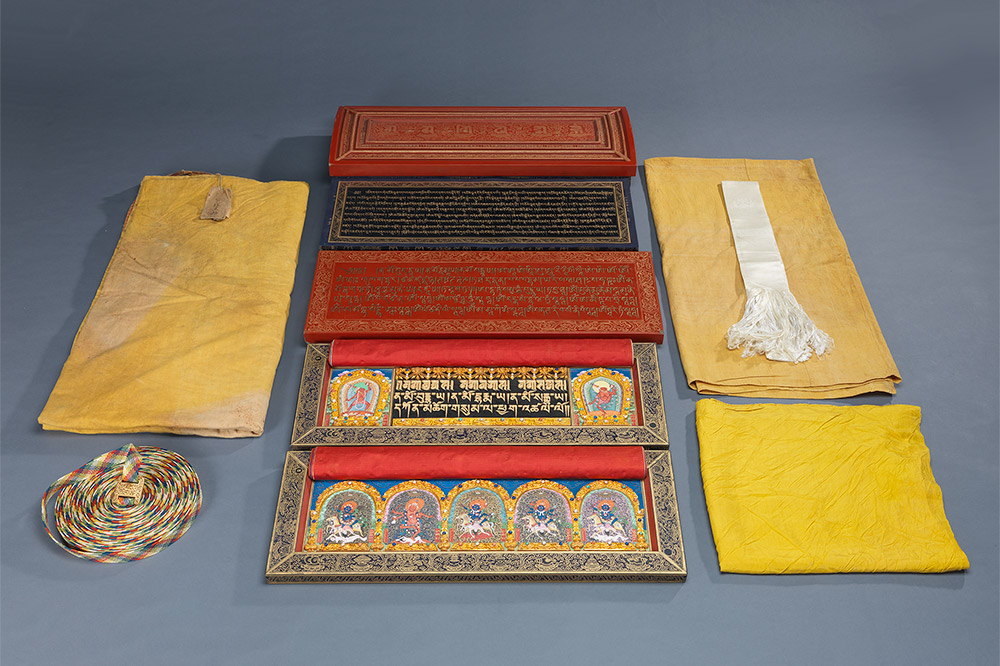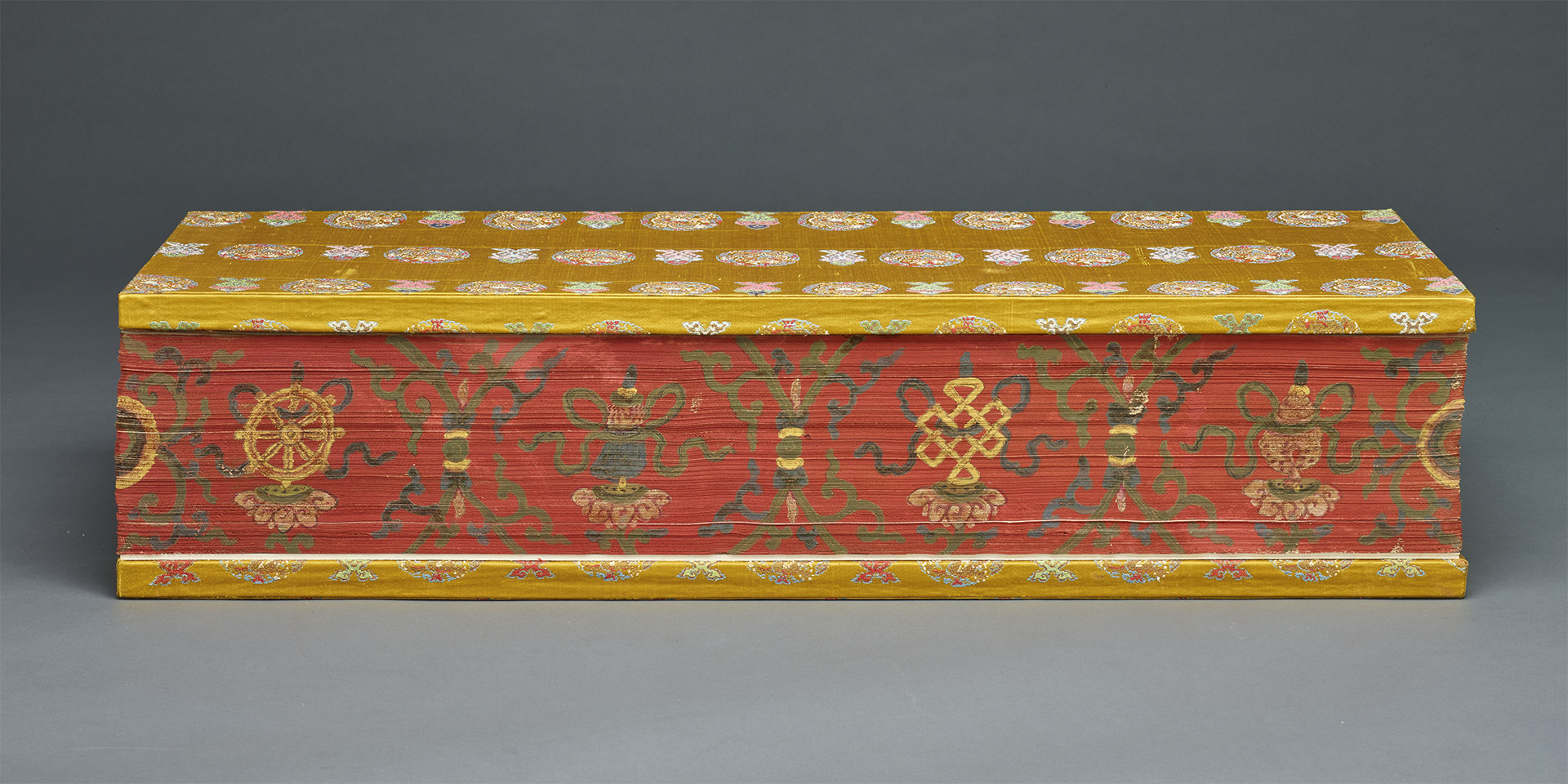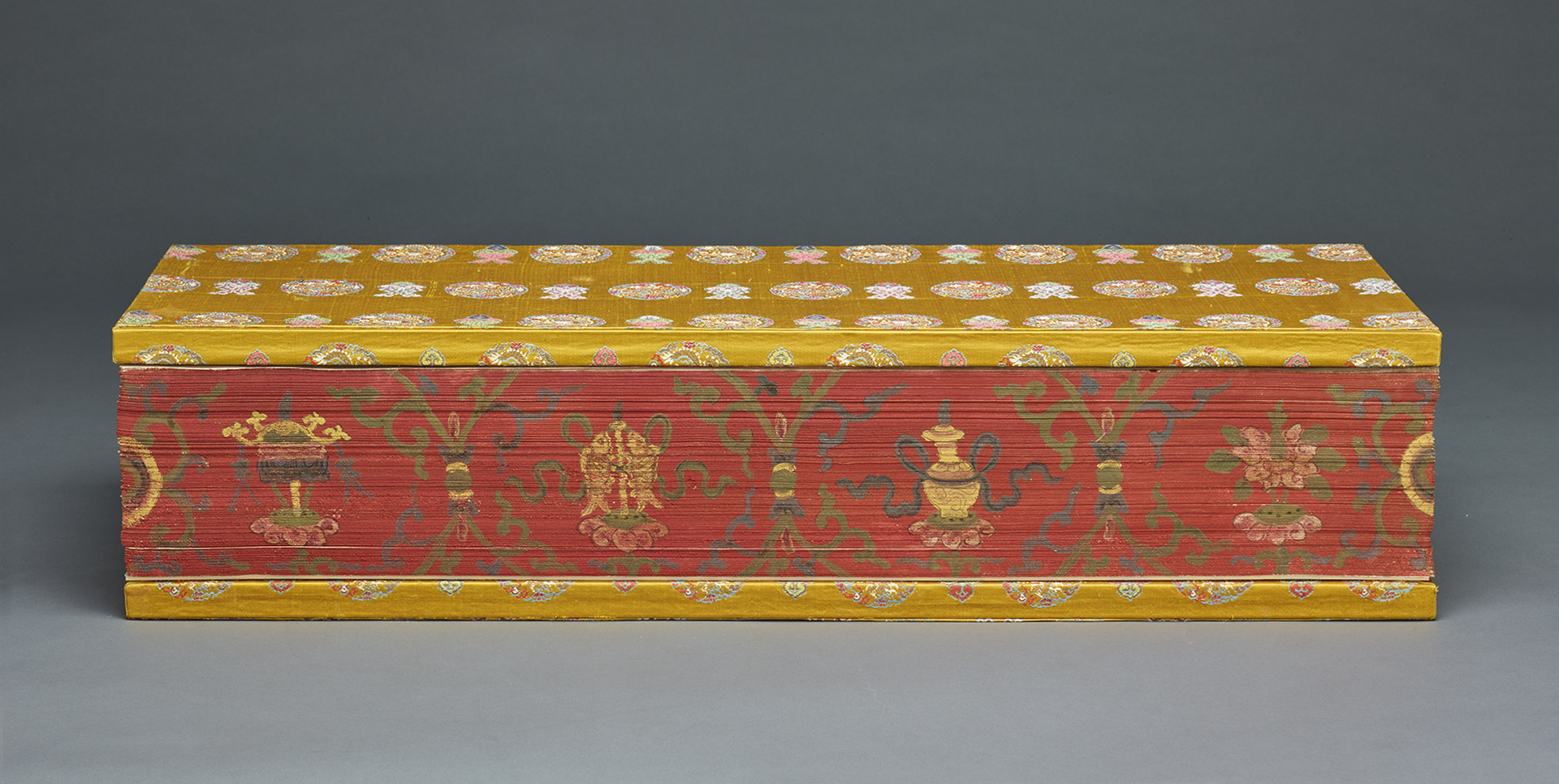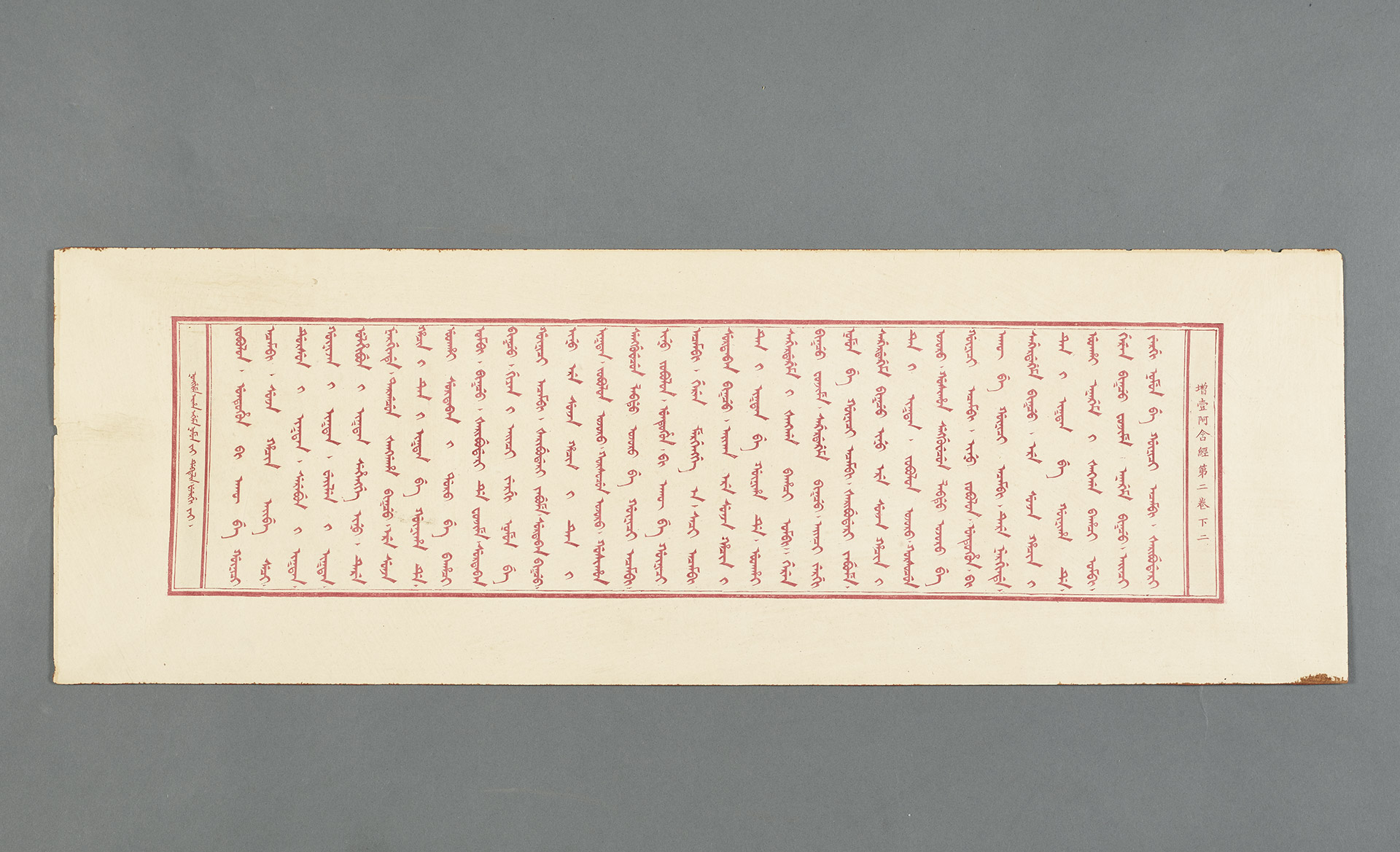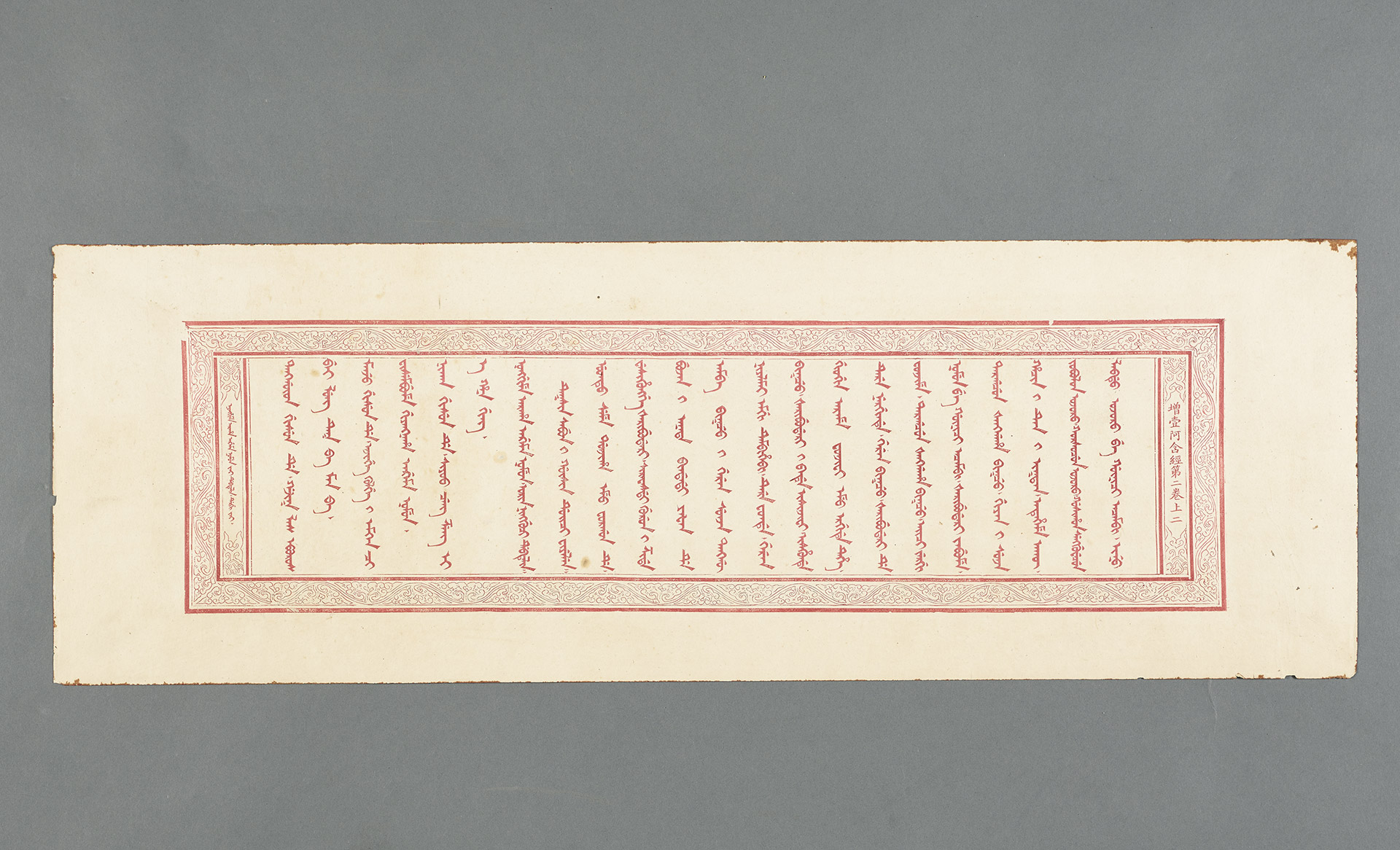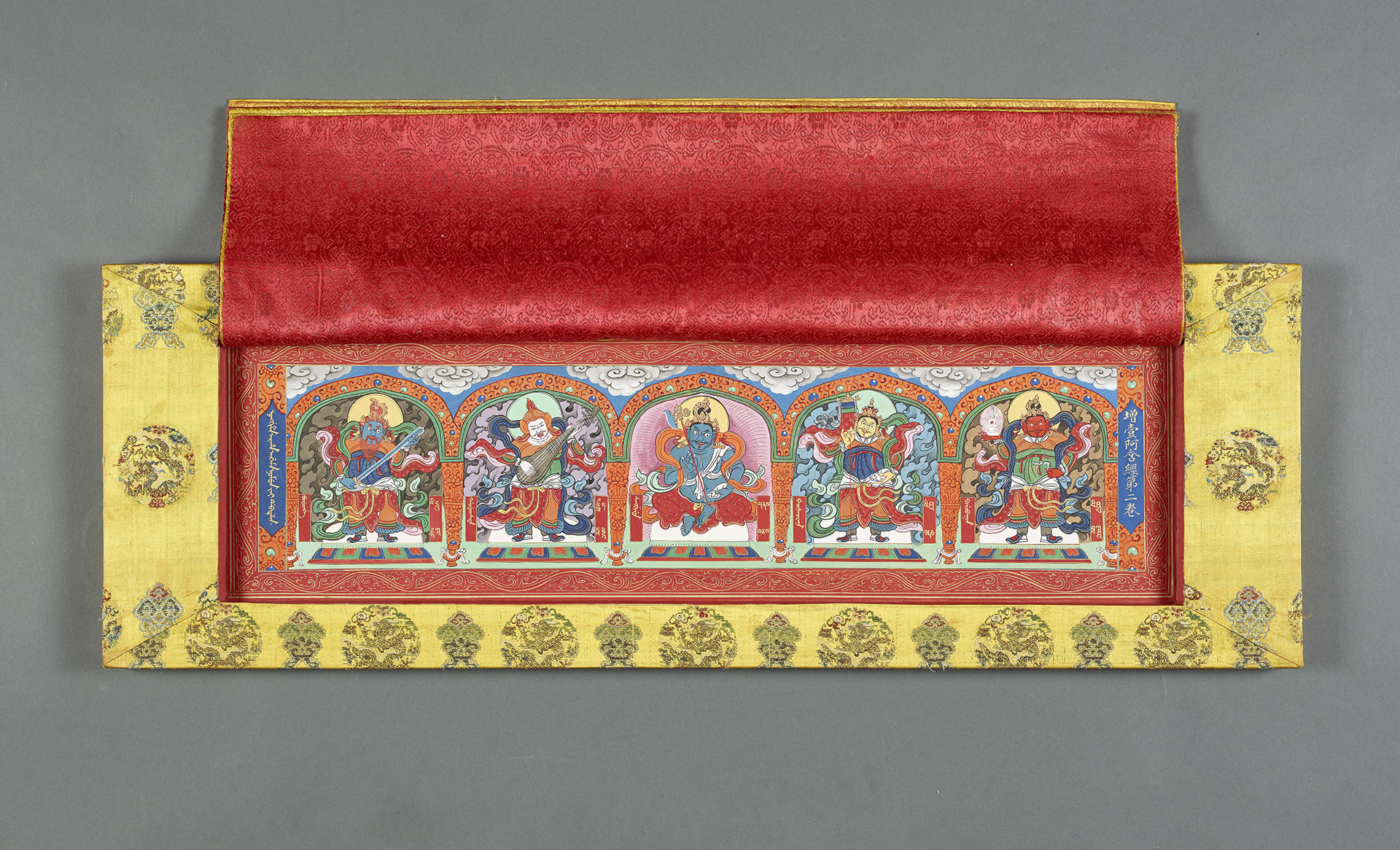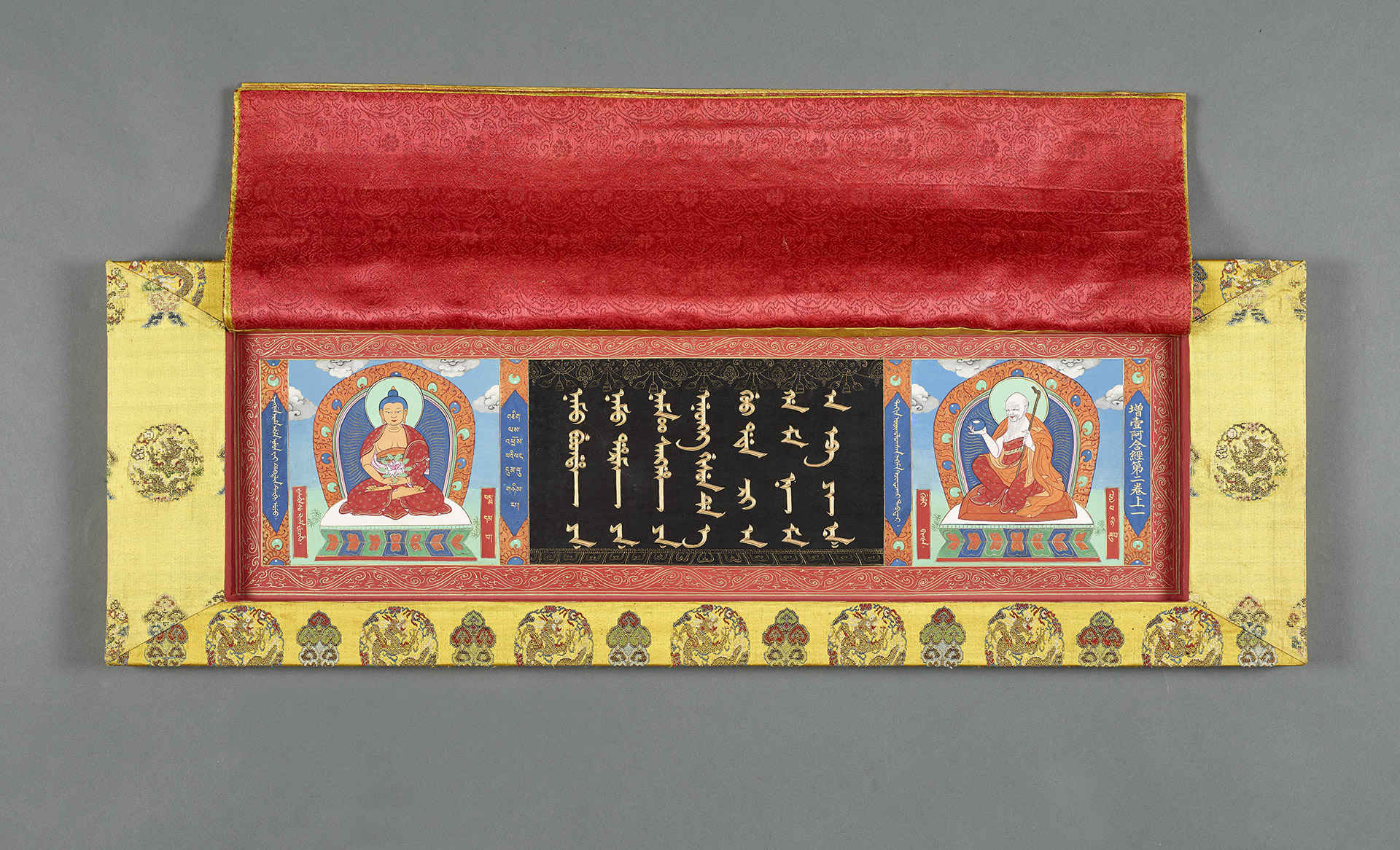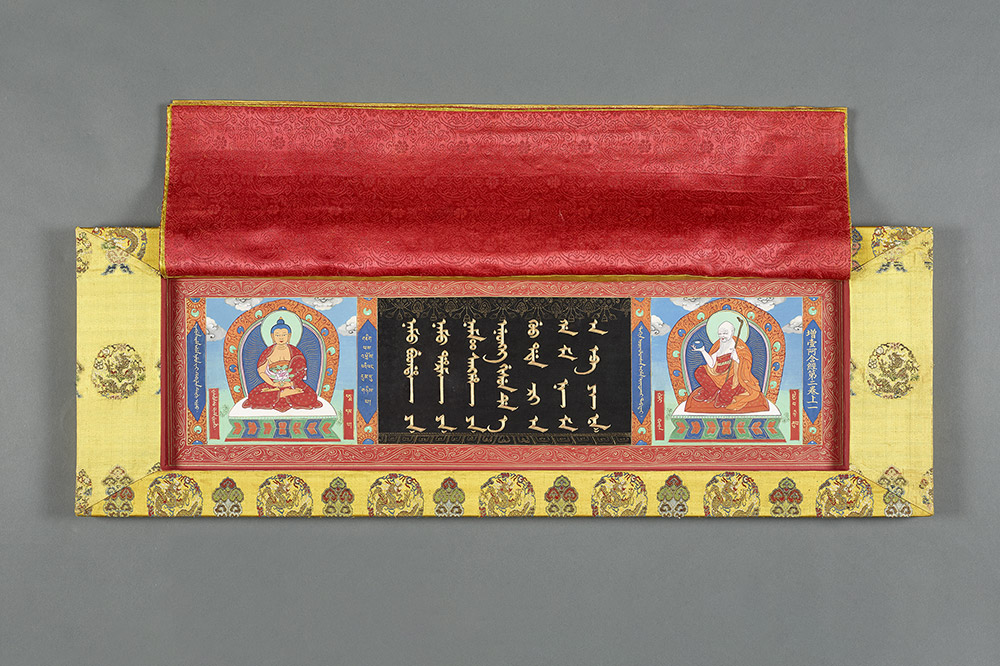Spiritual Reflection
Both Ming and Qing have shown strict rules on religions, but rulers exhibited very different official stances on religions, and their preferences were reflected in the texts produced or collected by their courts. In early Ming, many emperors were drawn to Buddhism and commissioned the block-printing or transcription of Buddhist scriptures. The Yongle emperor (r. 1403-1424), for example, set up the Hanjingchang (Chinese Scriptures Print-house) and the Fanjingchang (Foreign Scriptures Print-house), and put them in charge of printing Buddhist scriptures in Chinese and Tibetan scripts. Emperors Jiajing (r. 1522-1566) and Wanli (r. 1573-1620), on the other hand, were devout Daoists, and they held many Daoist rituals in court and assembled numerous imperially endorsed Daoist canons. The Manchus, influenced by the neighboring Mongols, showed an affinity with Tibetan Buddhism, and there are more than forty Buddhist temples in the Forbidden City. The court have compiled and print Tibetan Buddhist scriptures in Chinese, Tibetan and Mongolian scripts. Many of these precious works which in turn constitute an important part of the Museum's collections of religious artifacts.
In the Ming Dynasty, the Qing court interacted with Buddhist and Taoist monks frequently. The Xuande Emperor (1399-1435; personal name "Zhu Zhanji") decreed that Huijin (1355-1436), an eminent monk of the Huayan school of Buddhism, come to the palace to preside over the copying of the Buddhāvataṃsaka Sūtra, Prajñāpāramitā Sutra, Mahāratnakūṭa Sūtra, and Mahāyāna Mahāparinirvāṇa Sūtra. The sutras, written on porcelain green paper made from sheep brain paper, boast remarkable craftsmanship and elegant calligraphy. Today, only the Mahāratnakūṭa Sūtra and Mahāyāna Mahāparinirvāṇa Sūtra are fully intact; they are both in the collection of the National Palace Museum.
In 1428, court painter Shang Xi painted The Sūtra of Diamond Gnosis-Genuine Meditation with Inner Seal, being Suddenly Enlightened in the Space-solidifying Dharma Realm copied by Shen Du (1357-1434). The sutra contains a mix of Confucianist, Buddhist, and Taoist philosophies; its images and texts are related to Azhaliism in Yunnan; and its font ranjana, a popular Sanskrit font in Tibet, reflects the close communication between Han Chinese and Tibetans at that time, evoking a sense of esotericism. This sutra is the last surviving work of a sutra about unique ritual practice.
The Jiajing Emperor (1507-1567; personal name "Zhu Houcong") was a devout Taoist and loved alchemy and immortals. In fact, he even set up daochang in the palace. The Classic of the Life of the High Jade Emperor, re-engraved in 1531, was a must-recite classic in Taoist rituals. The beginning volume of the classic retains the words to call up God before reciting the Jade Emperor Sutra, and contains complete information applicable to the douching ceremonies.
- Zhenchan Neiyin Dunzheng Xuning Fajie Jingang Zhijing (The Sūtra of Diamond Gnosis- Genuine Meditation with Inner Seal, being Suddenly Enlightened in the Space-solidifying Dharma Realm)
- Anonymous
- Illustrated manuscript by Shendu and Shangxi, 3th year of the Xuande reign (1428), Ming dynasty
- Initially classified by the National Palace Museum as National Treasures
- Qing Kangxi Chao Neifu Nijin Xieben Zangwen Longzangjing (Kangxi Manuscript Kangyur in Gold Ink Tibetan Script)
- Imperial Household gold ink manuscript, 8th year of the Kangxi Reign (1669), Qing dynasty
- Initially classified by the National Palace Museum as National Treasures
When the Kangxi Emperor (1654-1722; personal name "Aisin-Gioro Xuanye") ascended the throne, the Grand Empress Dowager Zhaosheng proposed the writing of Kangyur. With the support of the emperor and the assistance of his mother's people, the Khorchin Mongols, they prevailed against all dissenting views and expended a sizeable amount of manpower, funds, and materials to write the jewel-inlaid Tibetan Dragon Sutra, completing it in less than two years. The sutra, which contains 108 cases, includes six parts (i.e., Tantra (esoteric teachings), Prajñāpāramitā (perfection of wisdom), Ratnakūṭa (accumulation of jewels), Avataṃsaka (flower ornament), Mdo sde (miscellaneous Sūtra), and Vinaya (monastic codes)) and is the Tibetan translation of the Buddha's teachings.
The Tibetan Dragon Sutra was the first Tibetan Chinese Buddhist canon in the Qing dynasty featuring elegant binding, exquisite workmanship and magnificent appearance. To honor the collection of this sutra, the Buddha Hall in the garden of the Cining Palace was renovated; 108 Buddha statues were hung on the eaves and walls of a repainted sutra house; and all newly built Buddhist scriptures, Buddha statues, and Buddhist musical instruments were used in an opening chanting ceremony in accordance with Buddhist rituals. The ceremony lasted five days, fulfilling the wish of the empress dowager for a pious worship.
- Qing Qianlong Chao Neifu Nijin Xieben Zangwen Ganzhuer Jing (Qianlong Manuscript Kangyur in Gold Ink Tibetan Script)
- Imperial Household gold ink manuscript, 35th year of the Qianlong Reign (1770), Qing dynasty
- Initially classified by the National Palace Museum as National Treasures
Tibetan scriptures divide the classics into two categories: Kangyur and Tengyur. Kangyur, which means the translation of Buddha's words, includes the concepts of "Sutta Piṭaka" and "Vinaya Piṭaka" (two of the three parts of "Tripiṭaka") in Indian Buddhism. By contrast, Kangyur is the translation of the Buddha's teachings, that is, the commentaries of related works (i.e., "Abhidhamma Piṭaka," the third part of "Tripiṭaka"). The Tibetan Dragon Sutra completed in 1669 and the world's first engraved Kangyur in 1410 were both inherited from the "蔡巴本 Kangyur" found in the Lhasa Temple in the 14th century.
The Qianlong Emperor (1711-1799) stated that he had been reciting Mongolian and Western classics since 1743. In fifty years, the emperor made continuous inquiries and discussions, ultimately understanding the true meaning and nature of things. In 1770, to celebrate the emperor and Empress Xiaoshengxian's 60th and 80th birthdays, respectively, Buddhist temples were built to enshrine Buddha statues, and Imperially Endorsed Kangyur, a sutra smaller than that of the Tibetan Dragon Sutra, was copied.
- Qingwen Fanyi Quanzangjing (Kangyur in Manchu Script)
- Imperial Household vermilion imprint in Manchu, 59th year of the Qianlong reign (1794), Qing dynasty
- Initially classified by the National Palace Museum as National Treasures
"God determines whether one's efforts and hard work will be rewarded.
However, if one does not put in the efforts and hard work, even God cannot help him/her."
──Qianlong Emperor (Preface in Kangyur in Manchu Script)In the Kangxi, Yongzheng, and Qianlong eras, the emperors edited, copied, and engraved many Tibetan scriptures containing different languages such as Tibetan, Mongolian, and Chinese. However, Manchu was not included as one of the languages. Considering the fact that Manchu and horse-riding archery were the foundation of the Qing dynasty, the Qianlong Emperor established a "Qing Character and Sutra Building," translating and engraving Kangyur in Manchu Script. Related preparatory work can be traced back to the end of 1771; all translation works were completed in February 1790, and actual printing and decorations were completed in April 1794. The Qianlong Emperor began the translation of the sutras to Mandarin, and initiated the compilation/editing of the Complete Library of the Four Treasuries. He originally feared that he would not be able to live to see the completion of the two great books, but he did on his 80th birthday. These two books can be called the two most important national projects with both political and cultural implications in the Qianlong era.
Changkya Rölpé Dorjé (1717-1786) drafted the regulations on the translation of Chinese Buddhist canons, to which the emperor reviewed and approved/rejected. Translators were often required to refer to Mongolian, Chinese, and Tibetan versions simultaneously before translating the text to Manchu to ensure its appropriateness. Although the translation quality was inconsistent, it serves as a rich source of linguistic literature. The Kangyur in Manchu Script contains 108 cases (and a case for the catalogue) all printed in vermilion and decorated in accordance with the style of the Mongolian secret scriptures enshrined in the Miaoying Temple. The 709 deities painted on the protective wooden cover of the Kangyur evoke strong Tibetan Buddhist characteristics and possess Buddhist image-related artistic and research values.
